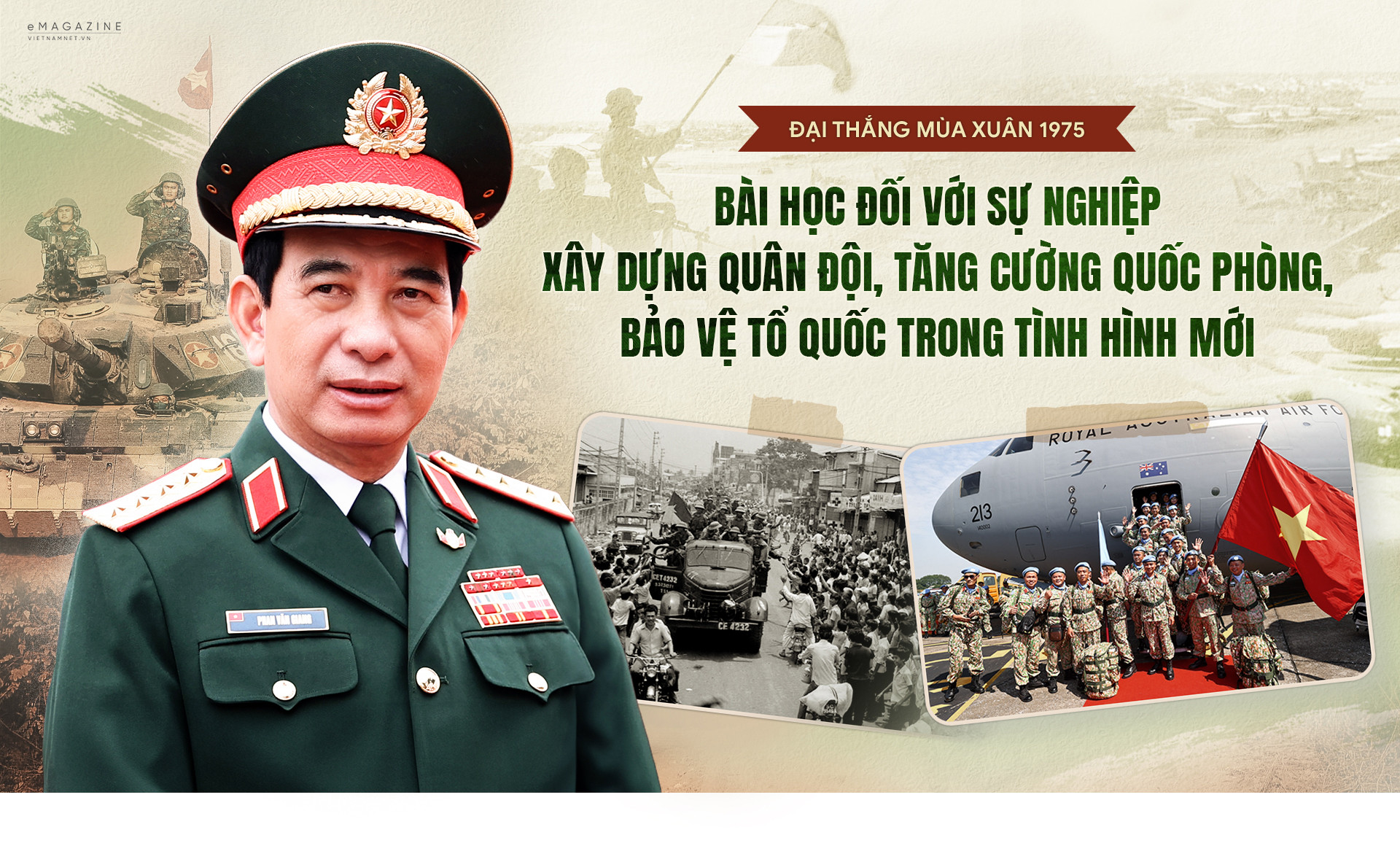
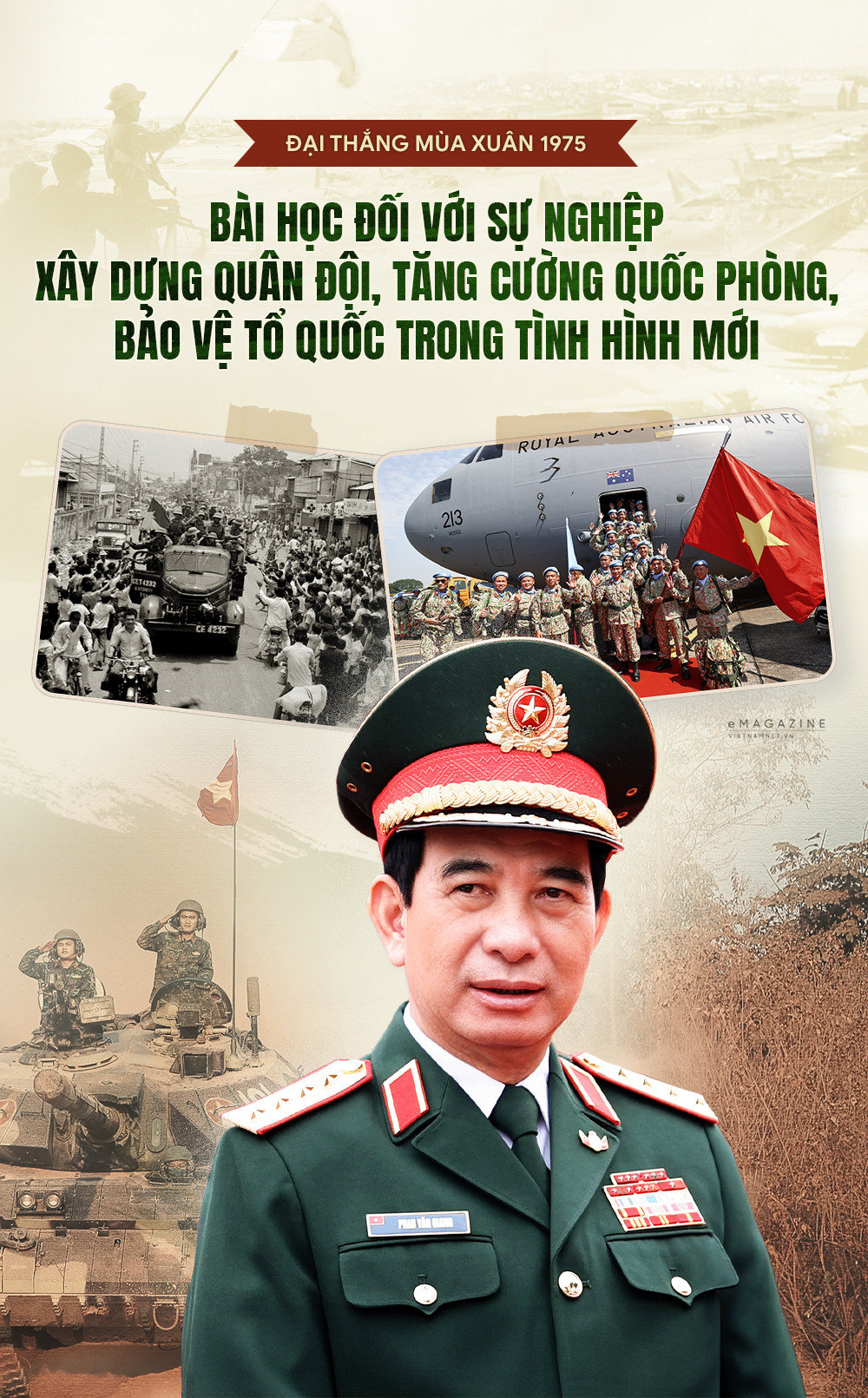


On the occasion of the 50th anniversary of national reunification, VietNamNet respectfully introduces an article by General Phan Van Giang, Minister of National Defense.
In early 1975, facing a historic opportunity, our Party made a strategic decision to liberate the South and unify the country. Under the wise leadership of the Party Central Committee, in just a short time, with unyielding will and strength, our army and people successfully carried out the campaigns to liberate the Central Highlands, Hue, Da Nang and finally the historic Ho Chi Minh Campaign to liberate Saigon, creating the Great Victory of Spring 1975, successfully ending the arduous and sacrificial resistance war against the US to save the country, gloriously completing the cause of national liberation, bringing the whole country to a transitional period to socialism.
The Great Victory of Spring 1975 is a brilliant milestone, one of the most glorious feats in the history of building and defending the country of the Vietnamese people and "entered world history as a great feat of the 20th century, an event of great international importance and profound contemporary significance" [1]. Promoting the achievements and lessons of the Great Victory of Spring 1975, over the past 50 years, our entire Party, people and army have joined hands, united, steadfastly pursued the goal of national independence and socialism, promoted the cause of innovation, built and firmly defended the socialist Fatherland of Vietnam, achieved great achievements of historical significance, built our country "more dignified, more beautiful" as the will of the great President Ho Chi Minh.
In the current context, the lessons of the Great Victory of Spring 1975 still retain their value and need to be continued to be studied, inherited and creatively applied in the practice of building the Army, strengthening national defense and protecting the Fatherland in the new situation.
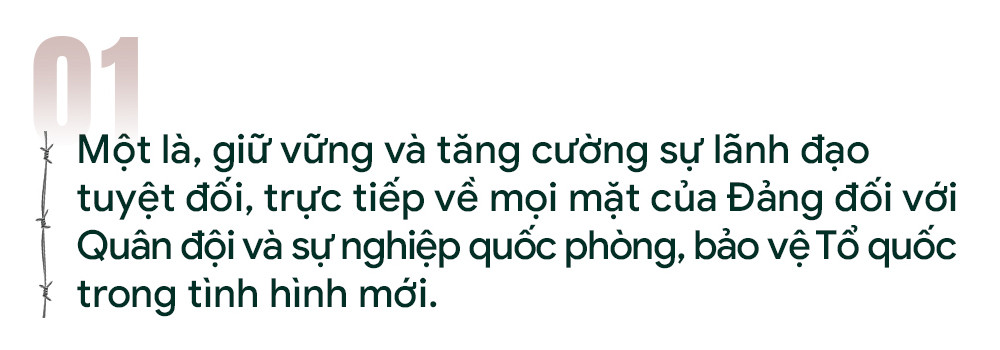

After the Paris Agreement (January 27, 1973), based on an assessment of the world, regional and domestic situation, especially the enemy's new plots and war actions in the South, the 21st Conference of the Party Central Committee, Term III, emphasized: Regardless of the situation, the path to victory of the revolution is to use revolutionary violence, therefore it is necessary to firmly grasp the offensive strategy and resolutely promote the struggle for total victory.
Then, through two meetings (September 30 - October 8, 1974 and December 18, 1974 - January 8, 1975), the Politburo approved the Strategic Plan to liberate the South in two years (1975-1976). However, the victory of the Route 14 - Phuoc Long Campaign (a strategic reconnaissance attack) reflected the very unlikely possibility of US intervention and the puppet army's inability to counterattack and regain the lost area, creating a solid foundation for the Politburo to once again affirm its strategic determination to liberate the South and unify the country according to the planned plan; at the same time, it predicted: "If the opportunity comes in early or late 1975, then immediately liberate the South in 1975" [1].
Implementing the strategic determination of the Politburo, the Central Military Commission and the General Command resolutely deployed the plan, stepped up consecutive attacks to win the Central Highlands Campaign and the campaigns to liberate Hue and Da Nang, creating a fundamental change in the balance of forces and the battle situation in our favor.
The strategic opportunity soon appeared. On March 25, 1975, “the Politburo decided: determined to complete the liberation of Saigon and the South before the rainy season (May 1975)”[2]; on March 31, 1975, it decided to adjust the plan and time to launch the final strategic battle to liberate Saigon: “It is best to start and end in April this year, without delay”[3].
With the spirit of “one day equals twenty years”, the army and people of the whole country devoted all their efforts and the highest determination to transform strategic opportunities into great strength in the Ho Chi Minh Campaign. At 5:00 p.m. on April 26, 1975, the Ho Chi Minh Campaign began; at 11:30 a.m. on April 30, 1975, the total victory ended the resistance war against the US to save the country. The victory of the Ho Chi Minh Campaign affirmed the thinking, strategic vision and sharp, correct and timely direction of the Party Central Committee, the Politburo and the Central Military Commission - the decisive factor in the Great Victory of Spring 1975.
In the context of the complicated and unpredictable developments in the world and the region, the country is facing new opportunities and challenges, the requirements and tasks of protecting the Fatherland are increasingly high, requiring the entire army to thoroughly grasp the Party's political, military and defense guidelines, firmly uphold the principle of the Party's absolute and direct leadership in all aspects over the Vietnam People's Army and the cause of national defense and protection of the Fatherland. Focus on building a strong Party organization in the Army in terms of politics, ideology, ethics, organization and cadres; take the lead in exemplary leadership in Party building and rectification; constantly improve the leadership capacity and fighting strength of Party committees and organizations at all levels; resolutely fight against the plots and tricks of "depoliticization" of the Army by hostile forces, manifestations of "self-evolution" and "self-transformation" within the organization, ensuring that under any conditions and circumstances, the Army is always absolutely loyal to the Fatherland, the Party, the State and the people.
Currently, the Party and the State are resolutely directing the implementation of breakthroughs in building and perfecting institutions, removing bottlenecks and bottlenecks, creating momentum for the country to develop strongly in the new era. This is both an opportunity and a requirement and challenge requiring the enhancement of the effectiveness and efficiency of the Party's leadership and the State's management of the cause of building the Army, strengthening national defense, and protecting the Fatherland.
Accordingly, ministries and branches, first of all the Ministry of National Defense, need to promote research, theoretical development, practical summary, and consultation on perfecting mechanisms, institutions, and policies to maintain and strengthen the Party's leadership, the State's centralized and unified management and administration of the cause of building a revolutionary, disciplined, elite, and modern People's Army. Fully and synchronously institutionalize the Party's viewpoints and guidelines, perfect the legal system on building an all-people national defense associated with the people's war posture; build a "people's hearts posture", protect the Fatherland in new conditions and contexts suitable to the development of reality when arranging a number of provincial-level administrative units, not organizing the district level, and merging commune-level administrative units.
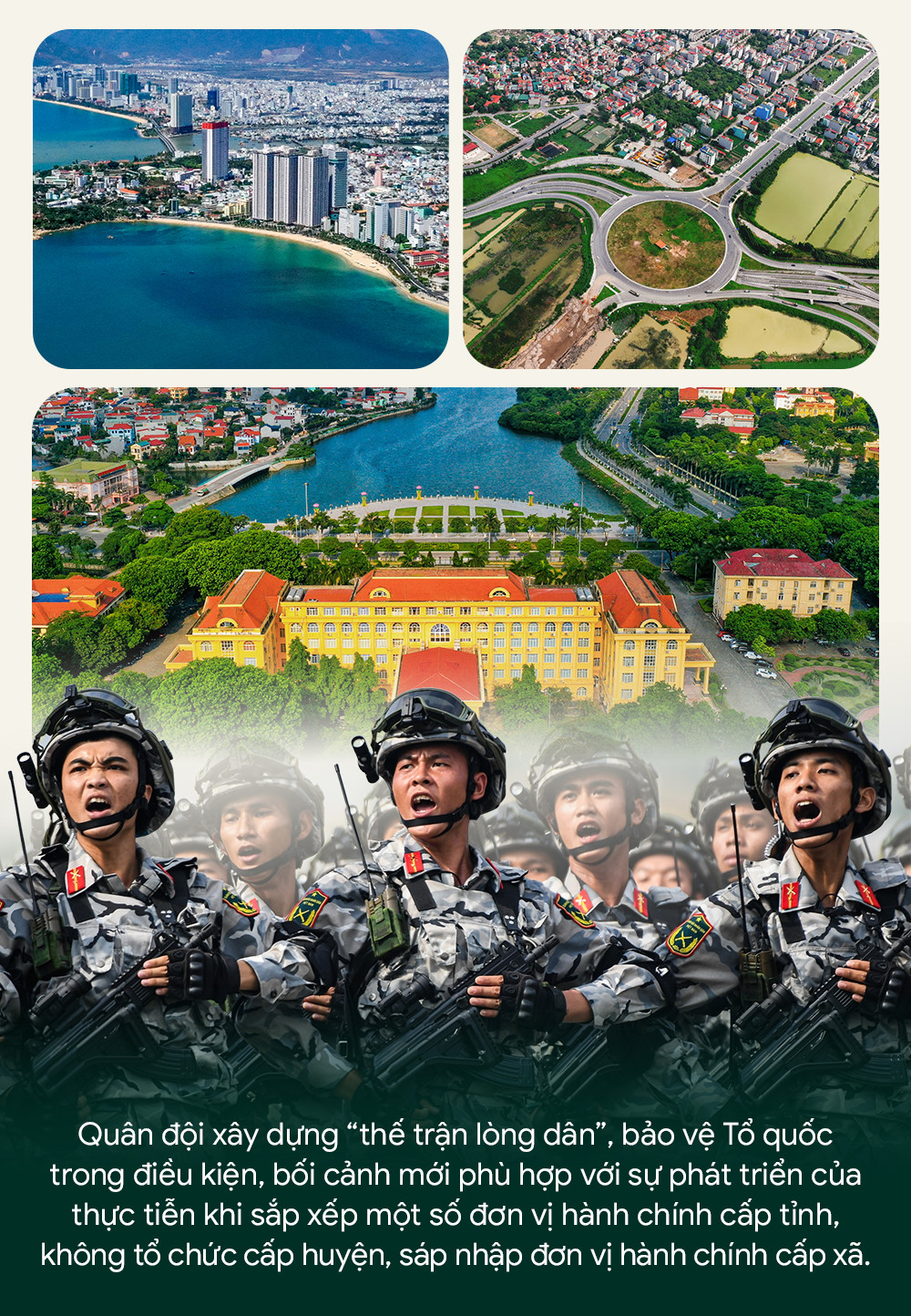



To create superior strength, surpassing the enemy in both force and position in the decisive moments leading to the Great Victory of Spring 1975, our entire Party, army and people united with the determination: "All for the front line, all to defeat the American invaders". In the North, patriotic emulation movements: "Each person works as hard as two for the beloved South", "Youth three ready", "Women three capable", "Not one kilo of rice is missing, not one soldier is missing"... were promoted, truly becoming a great rear for the great front line in the South.
In 1973 and 1974 alone, 250,000 young men from the North joined the army; tens of thousands of laborers were mobilized with army units to expand transportation routes; 150,000 army officers and soldiers went to the South to fight; tens of thousands of officers, technical staff, and volunteer youth from the North volunteered to work in liberated areas; 379,000 tons of materials were transferred to the southern fronts...
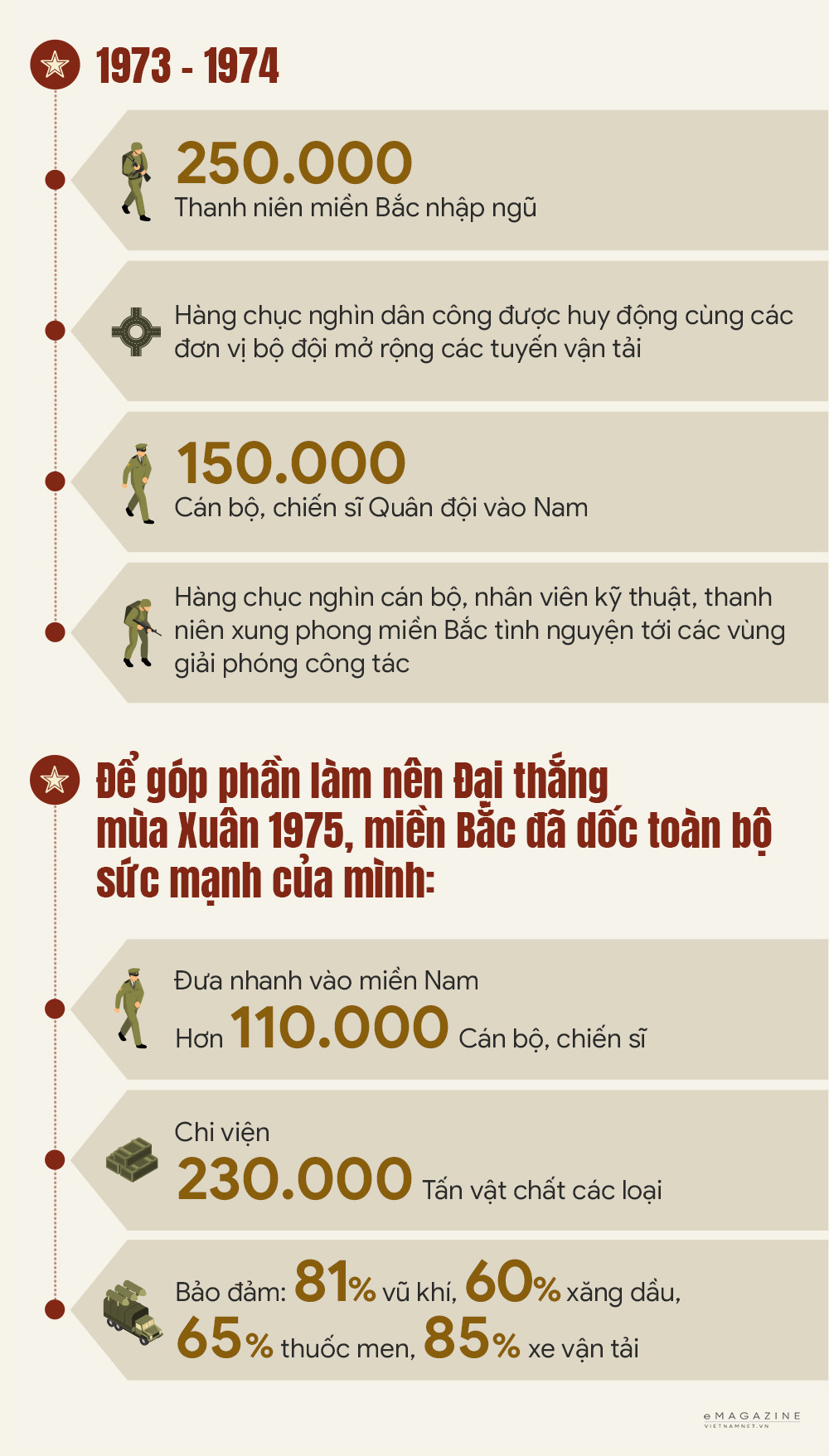
In particular, to contribute to the Great Victory of Spring 1975, the North used all its strength to quickly send to the South more than 110,000 cadres and soldiers; provided 230,000 tons of various materials, ensuring 81% of weapons, 60% of gasoline, 65% of medicine, and 85% of transport vehicles[1].
At the great southern front, the National Liberation Front of South Vietnam promoted the political struggle movement in all three strategic regions. At the same time, it mobilized the people to participate in the three armed forces; built fighting villages and communes, and organized attacks against the enemy at all times and in all places...
During the 1975 Spring General Offensive and Uprising, political and military attacks and the building of local political forces received special attention from all front levels, promptly mobilizing the masses to rise up, closely coordinating with the armed forces to attack and rise up to liberate the South.
Promoting the strength of the great national unity bloc is a lesson of lasting value that needs to be inherited and developed in the current period to ensure sustainable victory in the cause of building and defending the Fatherland.
To strengthen the strength of national solidarity in the new situation, we need to thoroughly grasp and well implement the viewpoint that “People are the root”, truly trust, respect and promote the people’s right to mastery, care for socio-economic development, improve the material and spiritual life of the people. Strengthen Party building and rectification, improve the effectiveness and efficiency of the political system so that our Party is truly clean and strong, and acts as the nucleus of national solidarity.
The entire army actively performs well the function of a "working army", promotes national defense and security education, information and propaganda work, and mobilizes people to strictly follow the Party's military and defense viewpoints and guidelines, correctly perceive partners and targets, and deeply understand the nation's tradition of building and defending the country. In particular, actively participate in propaganda to clarify the opportunities, chances, and challenges in the new era of the nation and the guiding ideology, orientation, major decisions, and political determination of the Party and of General Secretary To Lam to arouse and promote to the highest level the spirit of "self-reliance, self-confidence, self-reliance, self-strengthening, national pride", trust in the Party's leadership, create new impetus, new momentum, excitement, solidarity, high social consensus... mobilize the combined strength of the entire people in building and defending the Fatherland.
Along with that, the Army needs to proactively and actively participate in building the political system at the grassroots level, helping people eliminate hunger, reduce poverty, prevent, combat and overcome the consequences of natural disasters, build a solid "people's hearts" position, especially in strategic and key areas, especially in difficult areas, border areas, islands, remote areas, and key economic zones. At the same time, it is the leading force, resolutely fighting against the insidious plots and tricks of hostile forces that aim to sabotage the great national unity bloc, and divide the relationship between the people and the Party, State and Army.
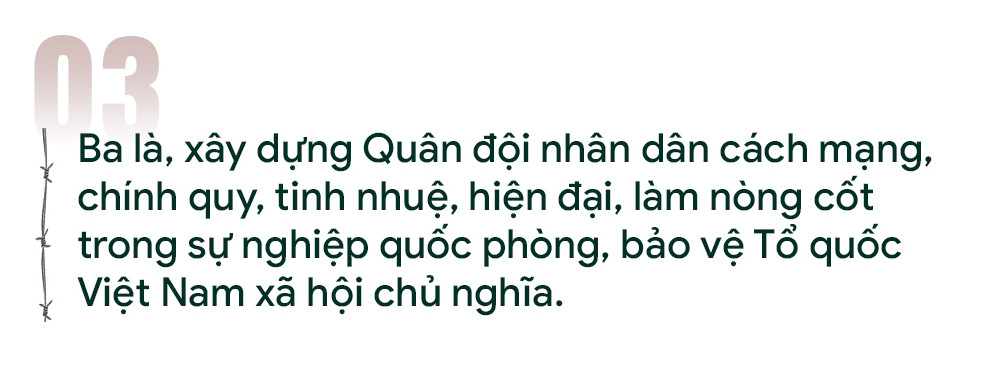

Leading the nation in conducting resistance wars against invaders, our Party always knows how to choose the right time and firmly grasps the law of ending wars with strong military blows. Therefore, while focusing on promoting the development of the three-armed armed forces, the Party always attaches importance to building strategic mobile main force corps. The establishment of four main force corps, Group 232[1] and the practice of the General Offensive and Uprising in the Spring of 1975 demonstrated the wisdom and ingenuity of the Party and the General Command.
With the combined combat power of large-scale military and service branches, the mobile main army corps closely coordinated with other forces, attacked and destroyed each enemy division and main army corps, smashed large parts of their strategic defense system, quickly penetrated deep to destroy the main targets in Saigon's inner city; combined with the uprising of the masses to successfully complete the cause of national liberation and national reunification.
In response to the requirements and tasks of building the Army, strengthening national defense, and protecting the Fatherland in the new situation, the entire army continues to thoroughly grasp the Party's military and defense guidelines. Focus on building a comprehensively strong People's Army with comprehensive quality, high combat power, ready to receive and successfully complete all tasks.
Promote the completion of the organization of a lean, compact, strong, modern Army, ensuring the comprehensiveness, synchronization, and rationality between components and forces, in accordance with the national defense policy, people's war policy, national defense strategy, Vietnam's military strategy, and the ability to ensure weapons and equipment; focus on concretizing and implementing the set of criteria for building a modern Army; build a strong reserve force, a strong militia and self-defense force, widespread in all regions, areas, and at sea.
Continue to effectively implement Resolution No. 1659 dated December 20, 2022 of the Central Military Commission, closely following the motto "basic, practical, solid"; attach importance to synchronous, in-depth, and modern training. Focus on improving the quality of training in mastering weapons and equipment according to the establishment, especially modern weapons; training closely following the plan, combat objects, and battlefields, focusing on high-intensity training, complex weather conditions; training to improve the level of military and service coordination, the ability to coordinate between the main force and local armed forces in defense areas...
The training process must be closely combined with training in political qualities, building discipline, training in discipline, raising awareness of law observance and discipline of officers and soldiers; combining education and training work of the school with training at the unit; attaching importance to imparting experience in combat and practical training; ensuring "concentration, unity, synchronization, efficiency, and non-overlapping"; taking the task of fighting to protect the Fatherland as the goal to make breakthroughs in innovation, improving the quality of training, drills, education, and training; linking training with training in discipline, physical strength, discipline, building a comprehensively strong unit "exemplary model", aiming to continuously improve overall quality, fighting strength and victory in all situations.
Along with that, the entire army needs to thoroughly grasp and resolutely and effectively implement Resolution No. 57 dated December 22, 2024 of the Politburo and Resolution No. 3488 dated January 29, 2025 of the Central Military Commission on breakthroughs in science and technology development, innovation and digital transformation in the Army; considering it a prerequisite for building a modern Army.
Building a proactive, self-reliant, self-reliant, dual-purpose, modern defense industry, enhancing the combat strength of the people's armed forces in defending the Fatherland. Regularly ensuring sufficient quantity and quality of weapons and technical equipment, including modern weapons and technical means for units performing training tasks, combat readiness, and protecting the sea, islands, borders, and cyberspace.
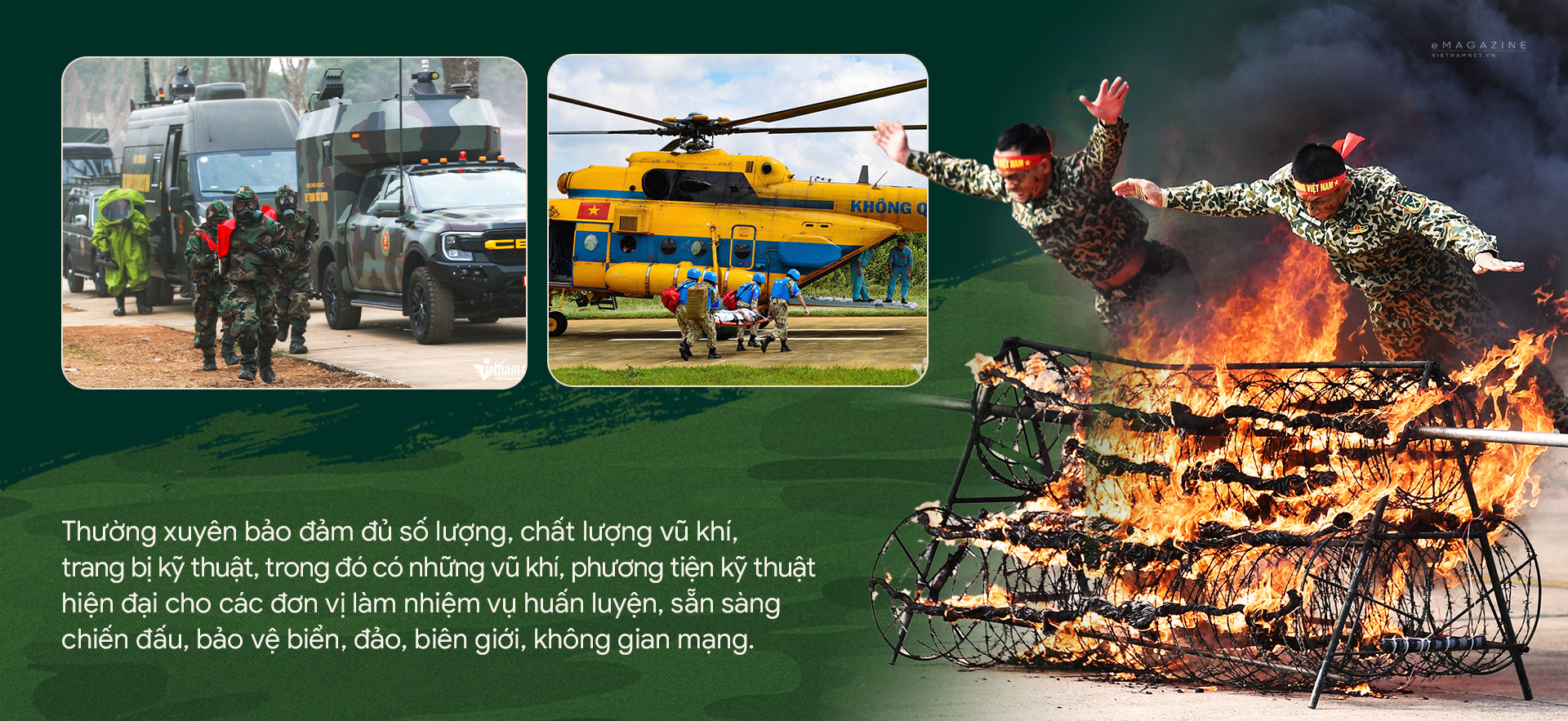

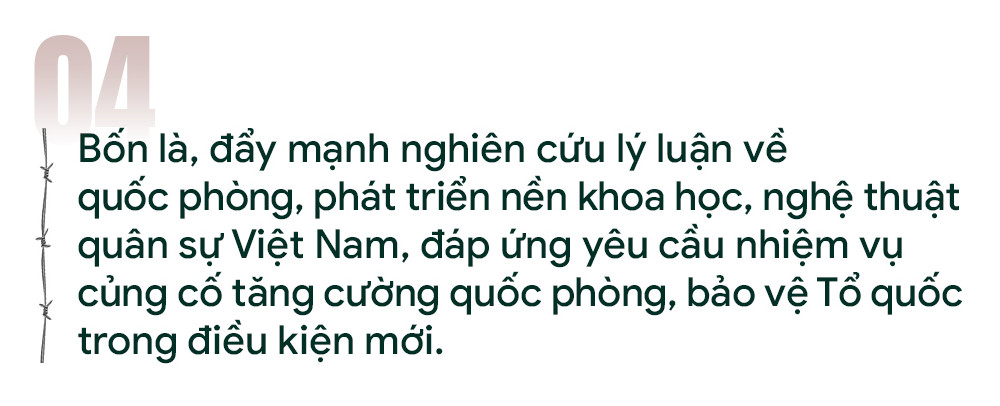

The victory of the resistance war against the US to save the country was the result of inheriting, applying and creatively developing the science and art of Vietnam's military in the Ho Chi Minh era. The smooth combination of the Party's correct guidelines, the spirit of self-reliance, self-strengthening, strategic offensive thinking and the ability to effectively promote the combined strength of the entire army and people with the just strength of the revolutionary war, became a unique military art that made the Great Victory of Spring 1975. That was most clearly demonstrated in the art of combining attack and uprising, uprising with attack; the art of coordinating the operations of the three types of troops, taking the great attack with the combined strength of the army and service branches as the center of coordination.
From the practice of military conflicts in the world in recent times, the application of achievements of the Fourth Industrial Revolution by warring parties, especially achievements in military science and technology, application of artificial intelligence... has created many new forms of war, methods and tactics of combat in both traditional and non-traditional fields, threatening global peace, stability and security. For Vietnam, the war to defend the Fatherland (if it happens) will still have to confront enemies with much stronger economic and military potential. Therefore, it is extremely necessary to constantly develop the science and art of people's war to defend the Fatherland in new conditions.
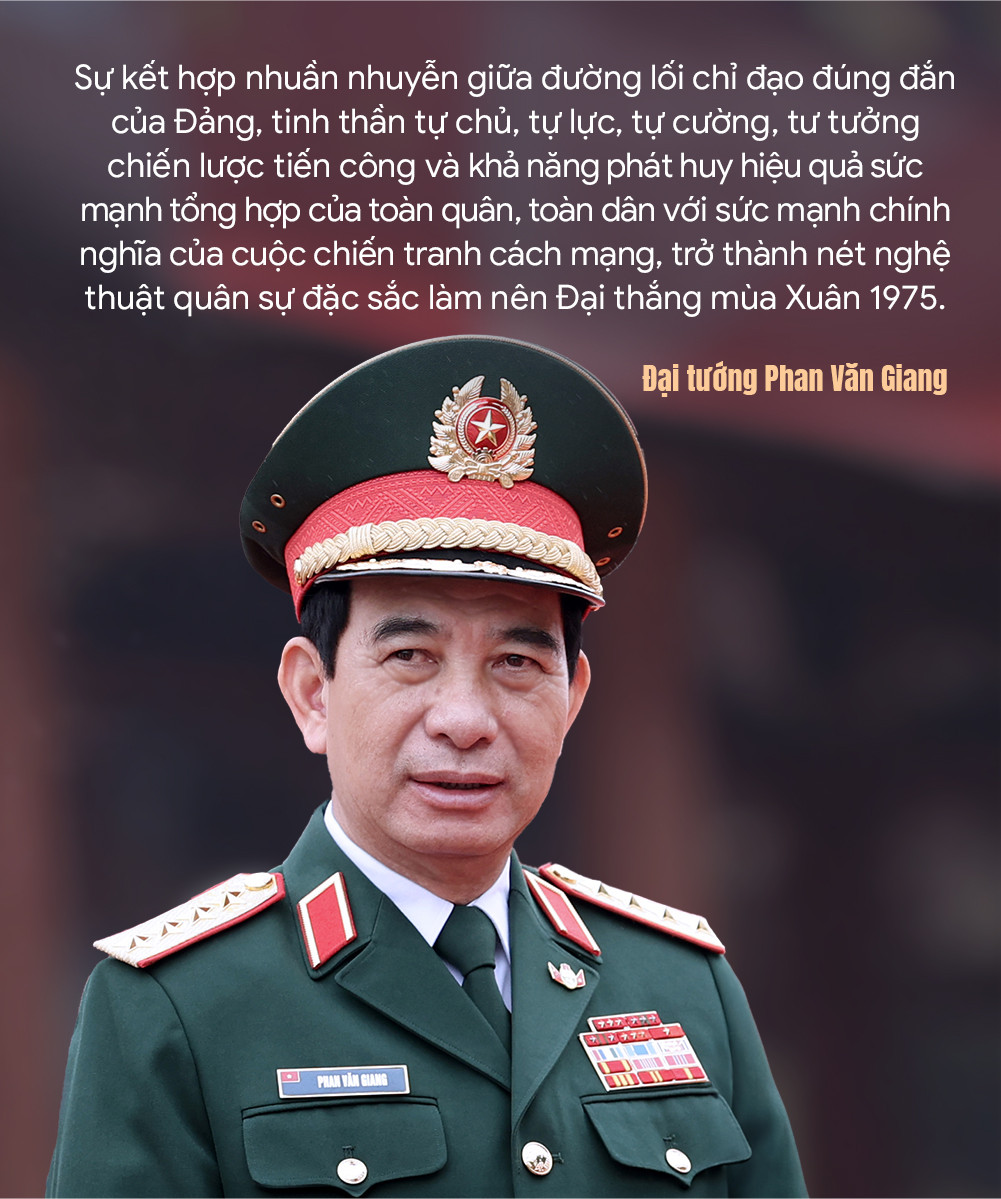

The entire army constantly raises revolutionary vigilance, grasps the situation, accurately assesses the situation, promptly handles defense situations, and avoids being passive or surprised in any situation. Proactively advises the Party and State to adjust the deployment of forces and the positions of main army units in accordance with the determination to protect the Fatherland, associated with building a modern army.
Proactively review and adjust strategic zoning, socio-economic development planning in conjunction with the overall planning of national defense arrangements, strategic rear areas, military posture planning, and defense zones; improve the effectiveness of economic-defense zones in accordance with socio-economic development in strategic directions, key areas, borders, seas, and islands, build a strong all-people national defense posture in conjunction with a strong people's security posture, ready to transform into a people's war posture.
Continue to promote the core role of the people's armed forces in building defense zones at all levels and solid, in-depth military zone defense; proactively balance and reasonably allocate resources to ensure the building of potential and posture of defense zones and civil defense ready for all defense and security situations even in peacetime and enhance the ability to mobilize forces and means to ensure the needs of serving war.
Focus on studying issues on the application of military science, achievements of science and technology to develop theories on national defense, Vietnamese military art, and the art of people's war to protect the Fatherland in the new situation. Organize a summary of military and defense activities; results of the implementation of the Party's policy on building all-people national defense and people's war, draw out theoretical and practical issues in the process of implementing the Party's resolutions, conclusions, and directives on military, national defense, and protecting the Fatherland.
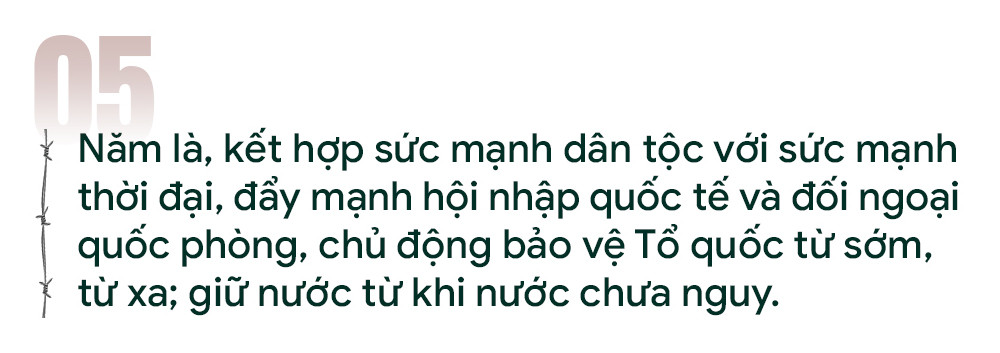

In the resistance war against the US to save the country in general and the Great Victory of Spring 1975 in particular, our Party always focused on closely combining national strength with the strength of the times, combining military, political and diplomatic struggles, creating a combined strength to defeat the invading enemy. With the Party's creative and astute diplomatic line, we have won the wholehearted and righteous help of socialist countries; the solidarity in fighting against the common enemy of the three Indochinese countries; the sympathy and support of progressive people around the world... so that we can fight and win.
Currently, international integration and defense diplomacy are one of the important pillars of the Party's foreign affairs, State diplomacy and people's diplomacy to protect the Fatherland early and from afar; to protect the country before it is in danger by peaceful means. At the same time, it contributes to consolidating and enhancing defense potential, serving the building of a revolutionary, disciplined, elite and modern army.
To achieve that goal, the entire army must always adhere to the Party's independent and self-reliant foreign policy, continue to promote and effectively implement international integration and defense diplomacy in the spirit of the Resolution of the 13th National Party Congress; Resolution No. 59 dated January 24, 2025 of the Politburo on international integration in the new situation; Conclusion No. 53 dated April 28, 2023 of the Politburo, Resolution No. 2662 dated February 26, 2024 of the Central Military Commission on international integration and defense diplomacy until 2030 and the following years. The implementation process requires awareness and correct and creative application of viewpoints on partners and subjects in order to constantly strengthen solidarity and expand friendly cooperative relations with international friends.
Focus on promoting bilateral and multilateral defense relations and cooperation in depth and substance; prioritize relations and cooperation with neighboring countries, major countries, strategic partners, ASEAN countries and traditional friends; properly handle defense relations and cooperation with partners, ensure strategic balance, enhance trust and interweave interests; maximize external resources to consolidate and build strong defense potential, solid all-people defense posture, maintain a peaceful and stable environment for national development.
Apply and creatively and effectively implement the Party's foreign policy and Ho Chi Minh's diplomatic ideology; firmly maintain the strategic principles, flexibility and adaptability in tactics; resolutely and persistently fight to resolve conflicts, disputes and disagreements by peaceful means, on the basis of the principles of the United Nations Charter and international law; avoid conflicts, confrontations or isolation and dependence; firmly adhere to the Vietnamese school's "bamboo diplomacy" and the "four no's" defense policy; actively and proactively participate in the United Nations peacekeeping force and international humanitarian activities, contributing to affirming the responsible role and enhancing the prestige and position of the country and the Army in the international arena.
Looking back after half a century, we see more clearly the great stature, value and significance of the Great Victory of Spring 1975; clearly see the correct and creative leadership of the Party and President Ho Chi Minh, the great sacrifices of our army and people during more than twenty years of protracted resistance. The lessons learned from the Great Victory of Spring 1975 still retain their value, need to be inherited, developed and creatively applied in the cause of defending the socialist Fatherland of Vietnam, creating a peaceful and stable environment for the country to steadily enter an era of development, prosperity, civilization and prosperity.


References:
[1] Communist Party of Vietnam, Complete Party Documents, volume 37, National Political Publishing House, Hanoi, 2004, p.471. Communist Party of Vietnam, Complete Party Documents, volume 37, National Political Publishing House, Hanoi, 2004, p.471.
[2] Ministry of National Defense - Central Propaganda Department - Ho Chi Minh City Party Committee, Great Victory of Spring 1975 - The strength of the will to unify the Fatherland and the desire for peace, National Political Publishing House - ST, H, 2015. p.119.
[3] Ministry of National Defense - Vietnam Military History Institute, History of the resistance war against America, saving the country 1954 - 1975, volume 8, National Political Publishing House - ST, Hanoi, 2013, p.301.
[4] Communist Party of Vietnam, Complete Party Documents, volume 36, National Political Publishing House, Hanoi, 2004, p.96.
[5] Ministry of National Defense - Ho Chi Minh City Party Committee, Great Victory of Spring 1975 - The strength of great national unity in the Ho Chi Minh era, People's Army Publishing House, Hanoi, 2011, pp.1138 - 1139.
[6] Army Corps 1 (October 1973), Army Corps 2 (May 1974), Army Corps 4 (July 1974), Group 232 (February 1975) and Army Corps 3 (March 1975).
Source: https://vietnamnet.vn/bo-truong-quoc-phong-nhung-bai-hoc-xay-dung-quan-doi-trong-tinh-hinh-moi-2392964.html


![[Photo] Thousands of Buddhists wait to worship Buddha's relics in Binh Chanh district](https://vstatic.vietnam.vn/vietnam/resource/IMAGE/2025/5/3/e25a3fc76a6b41a5ac5ddb93627f4a7a)
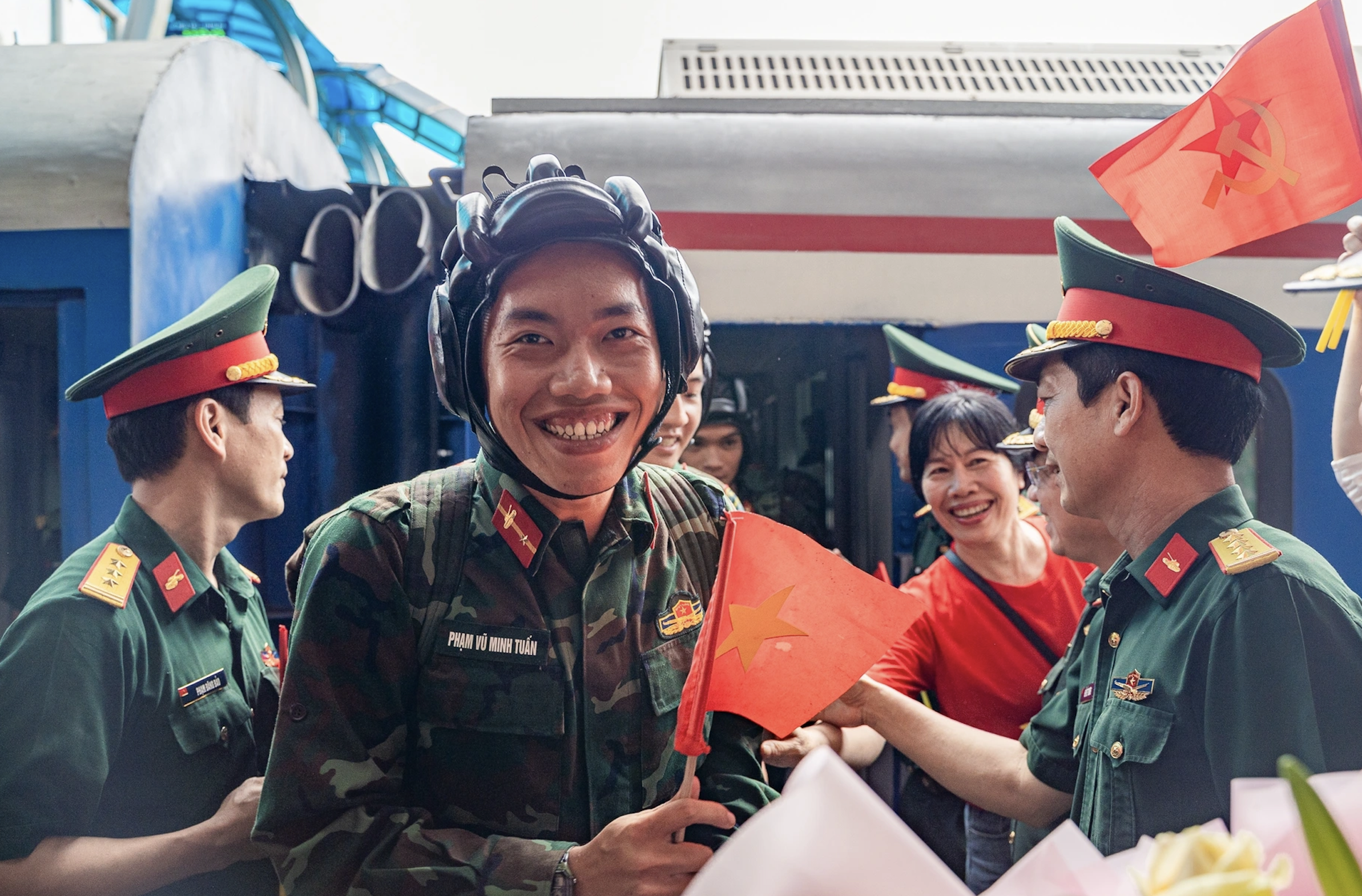
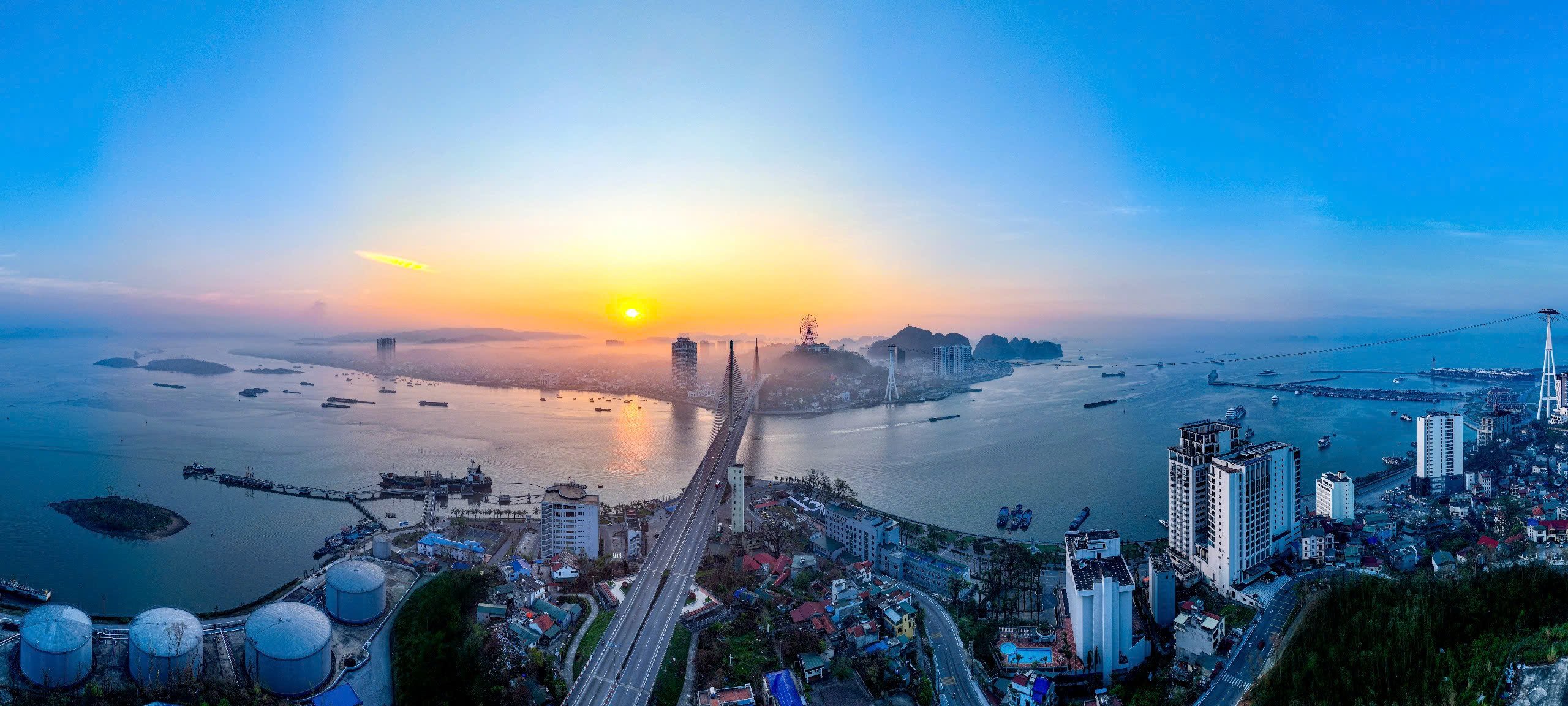

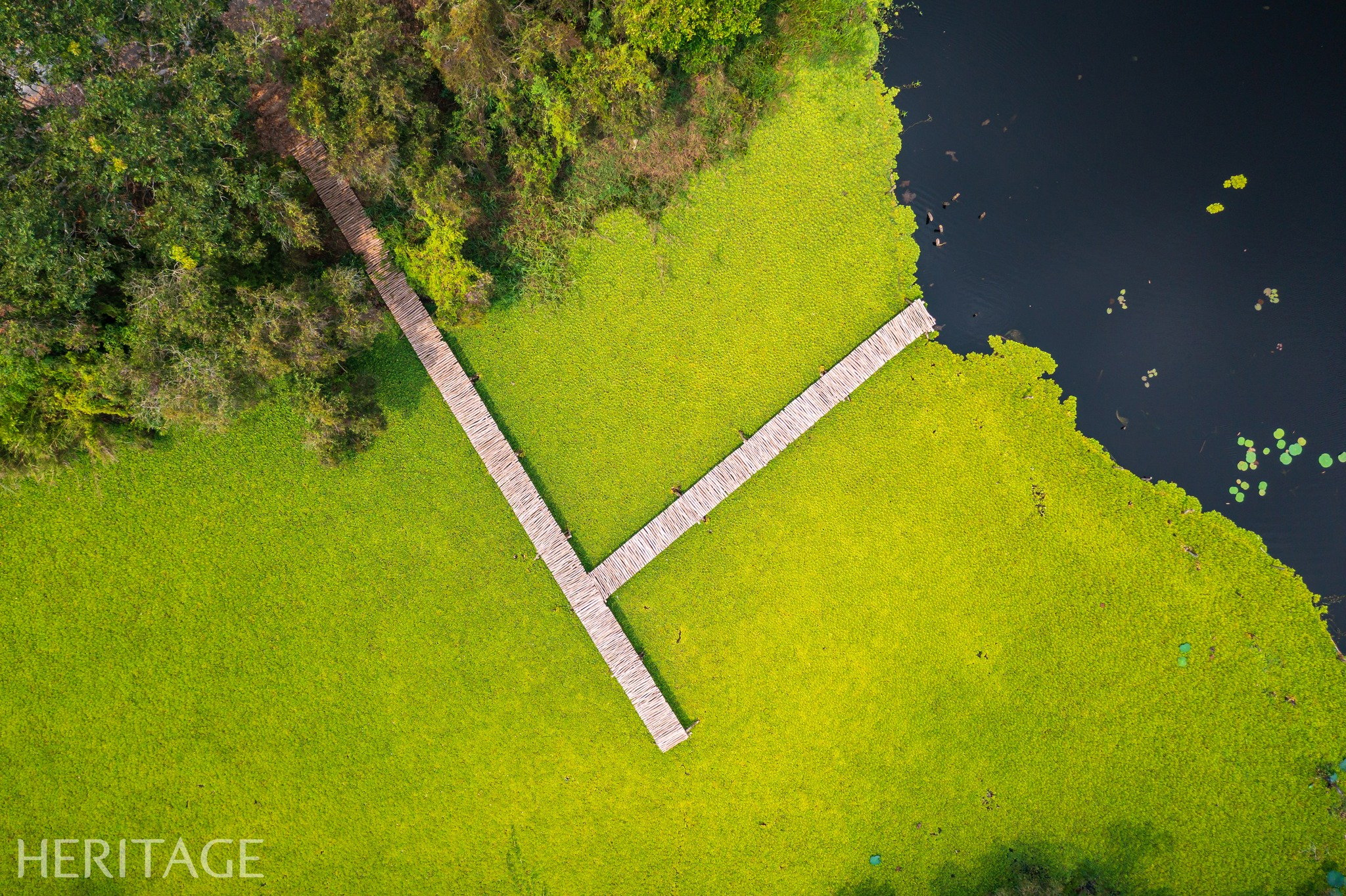

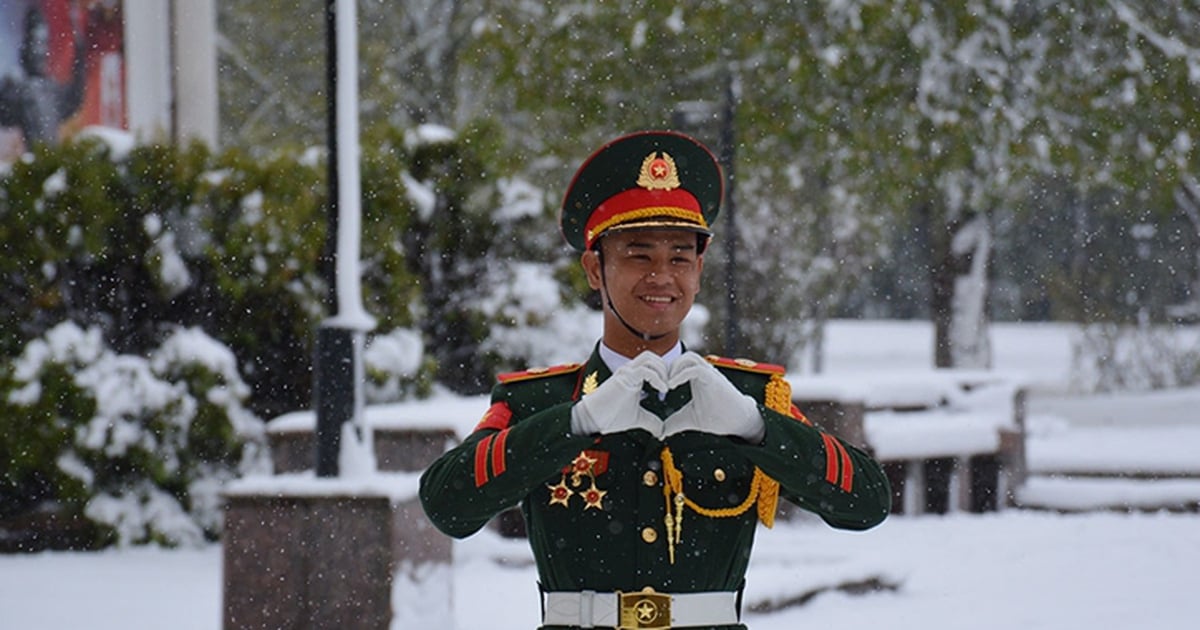
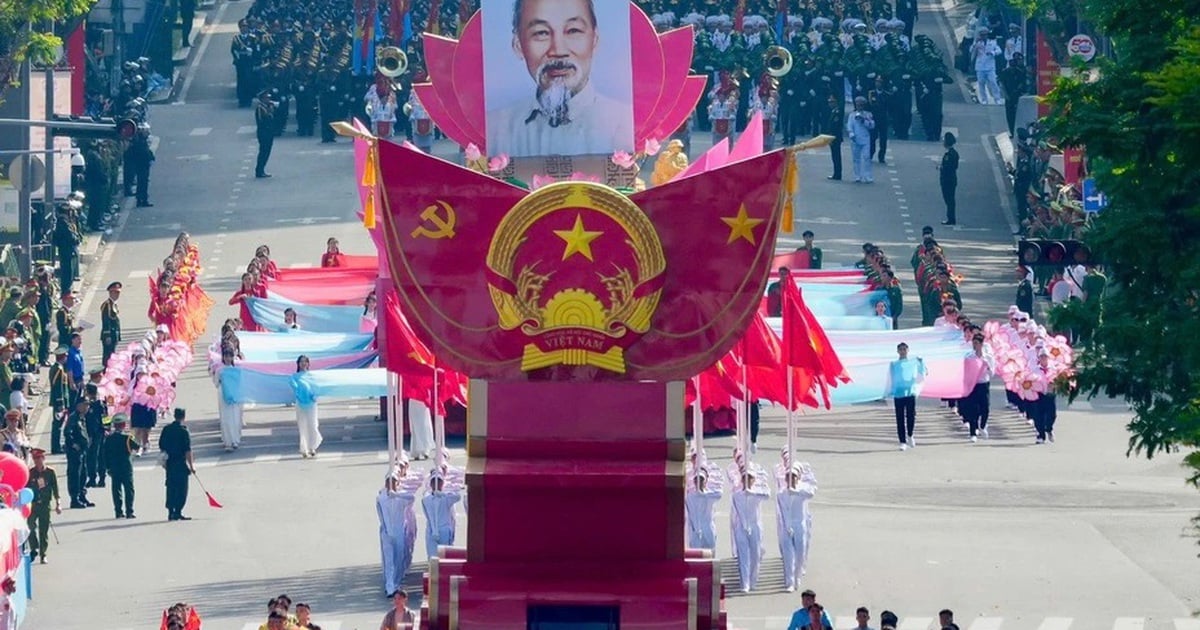
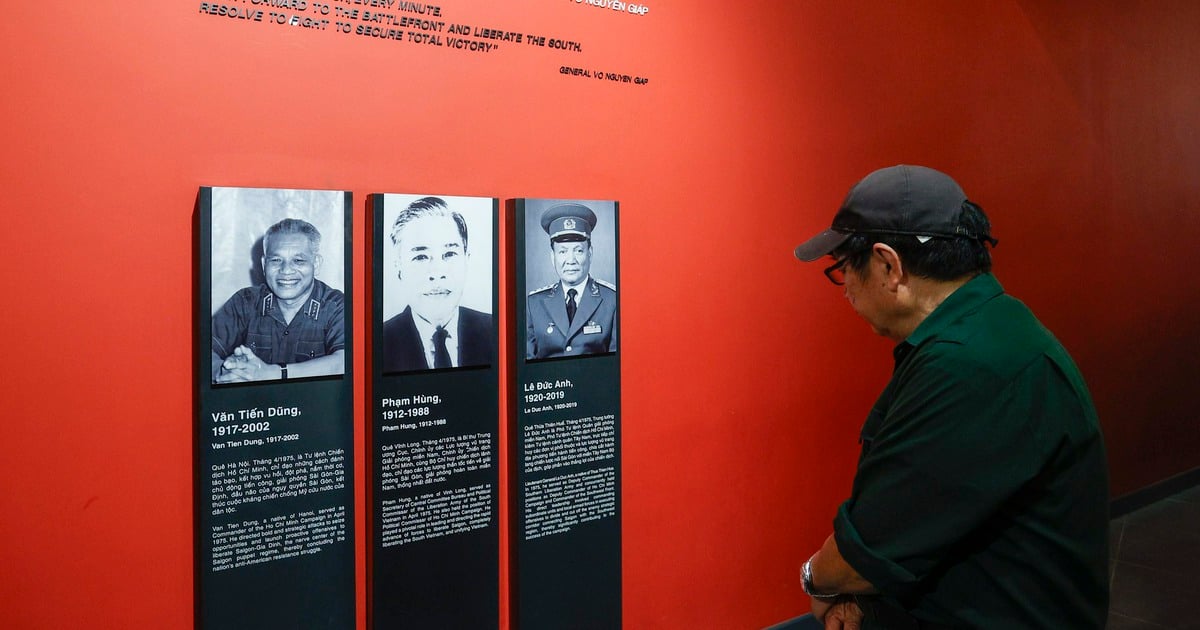
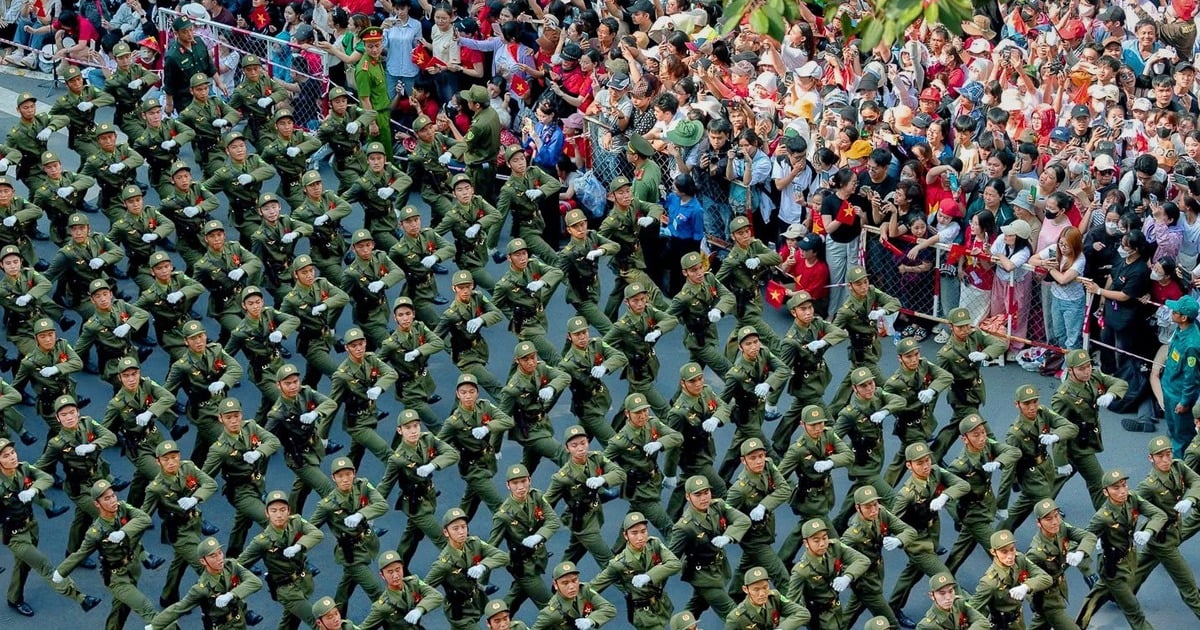
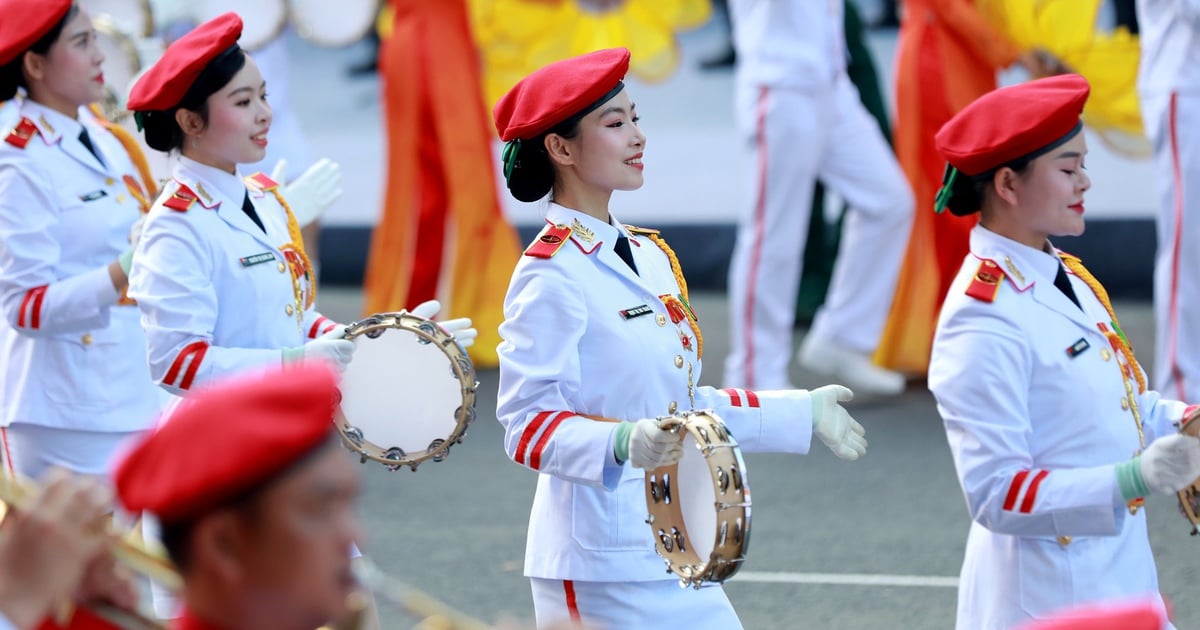
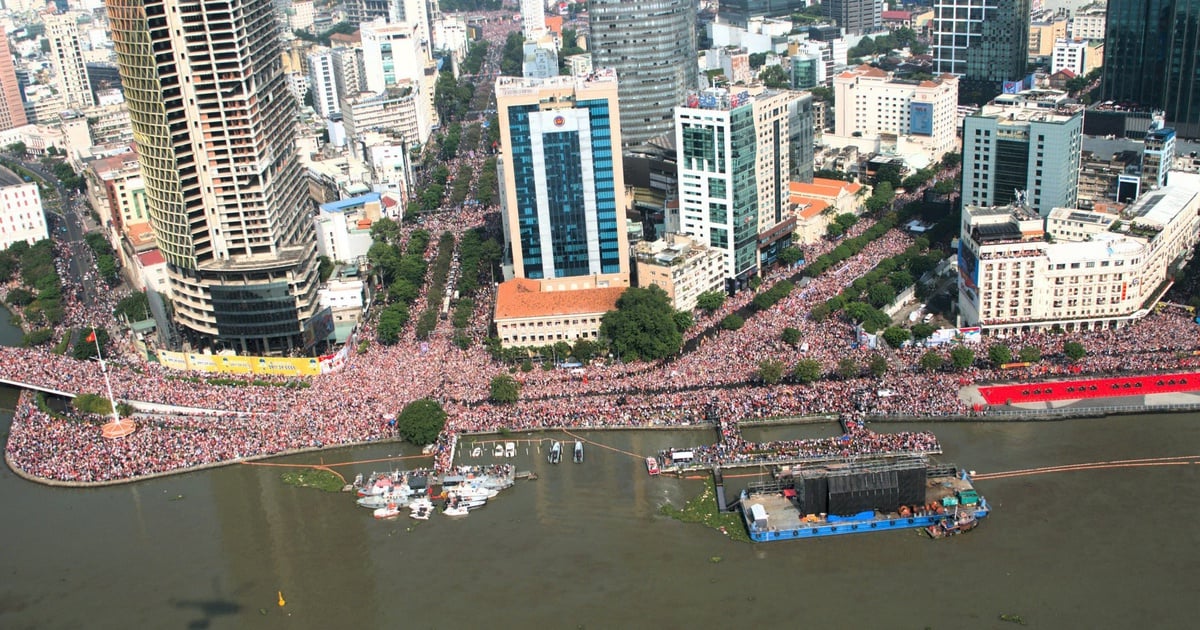

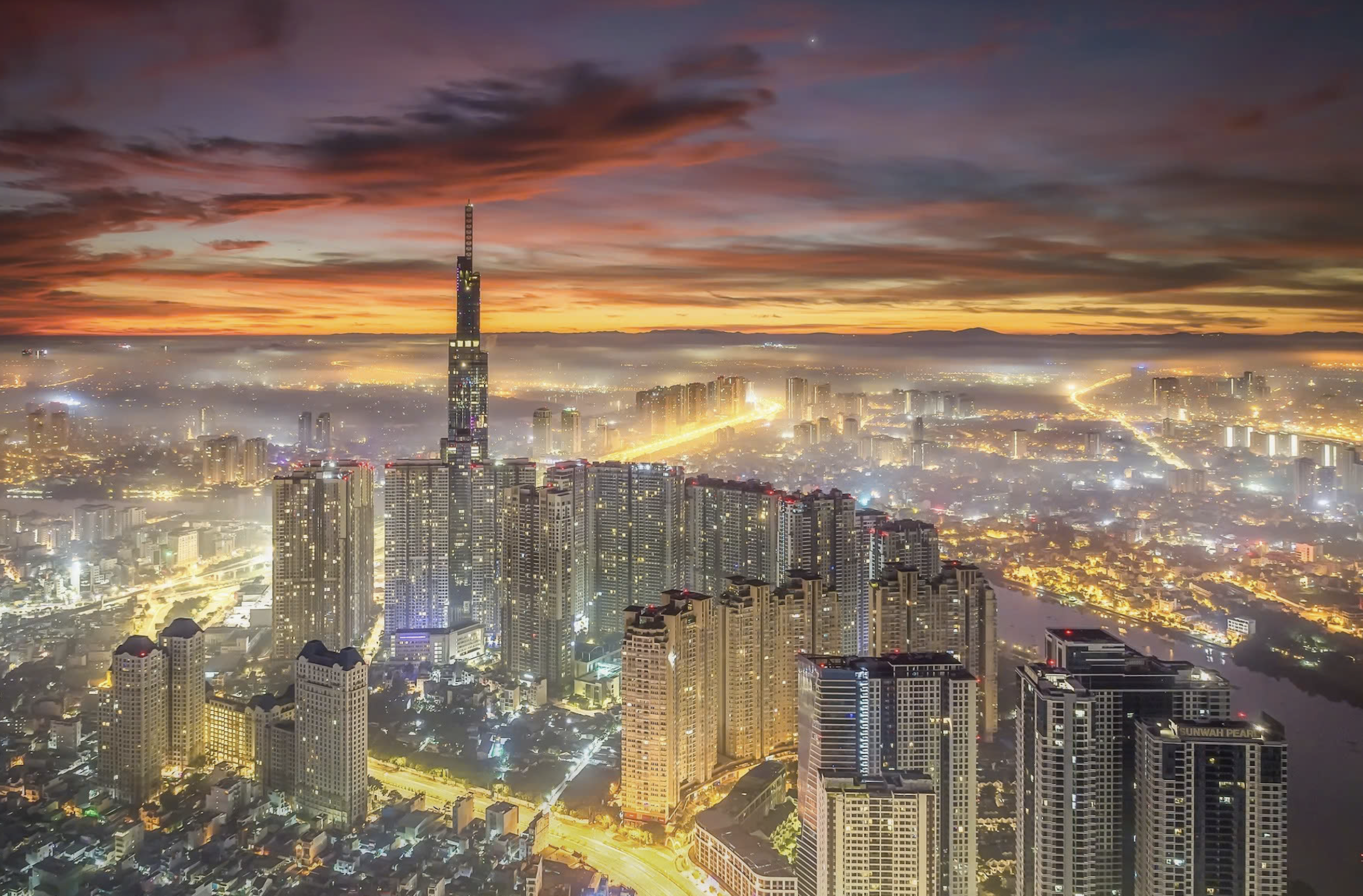

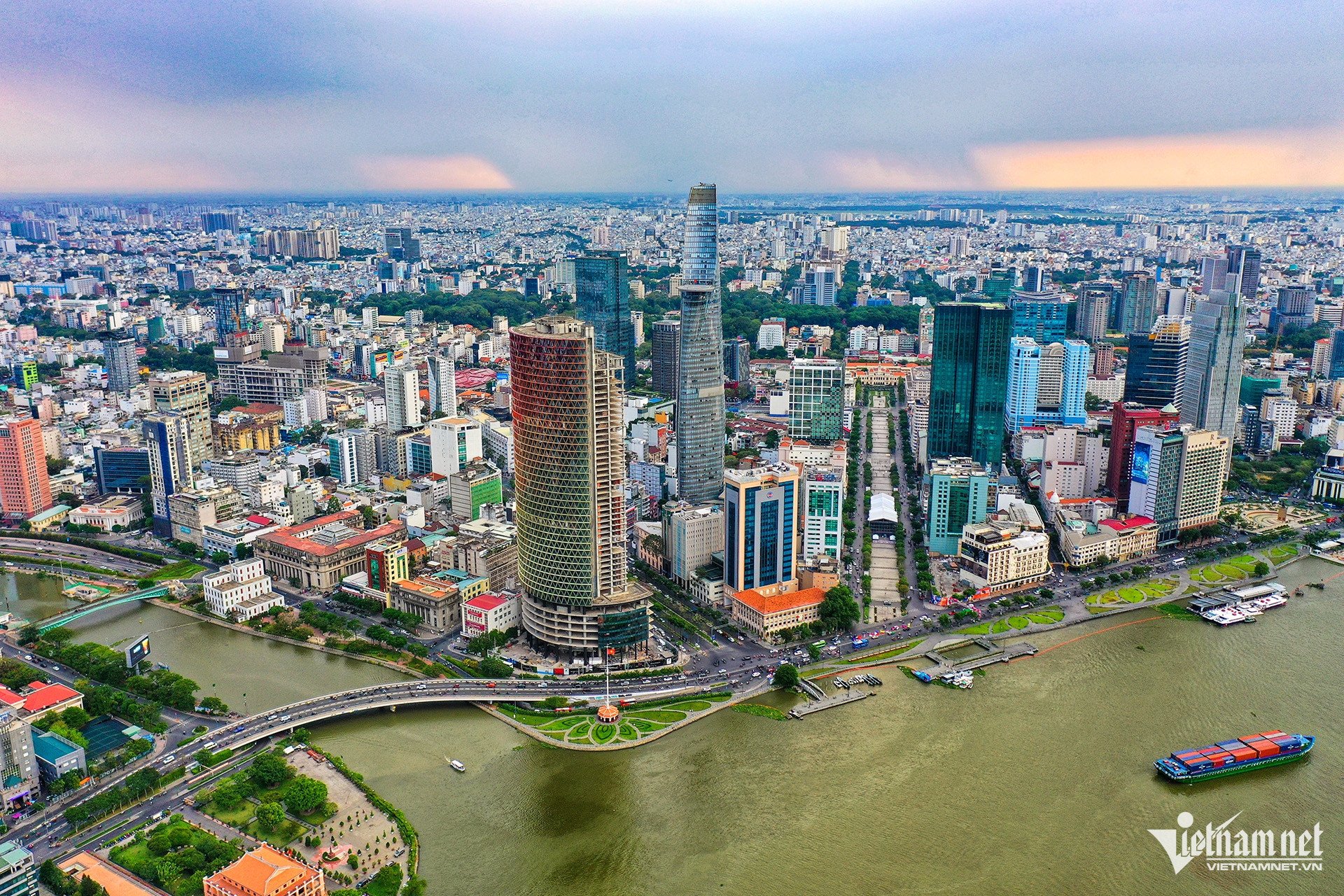
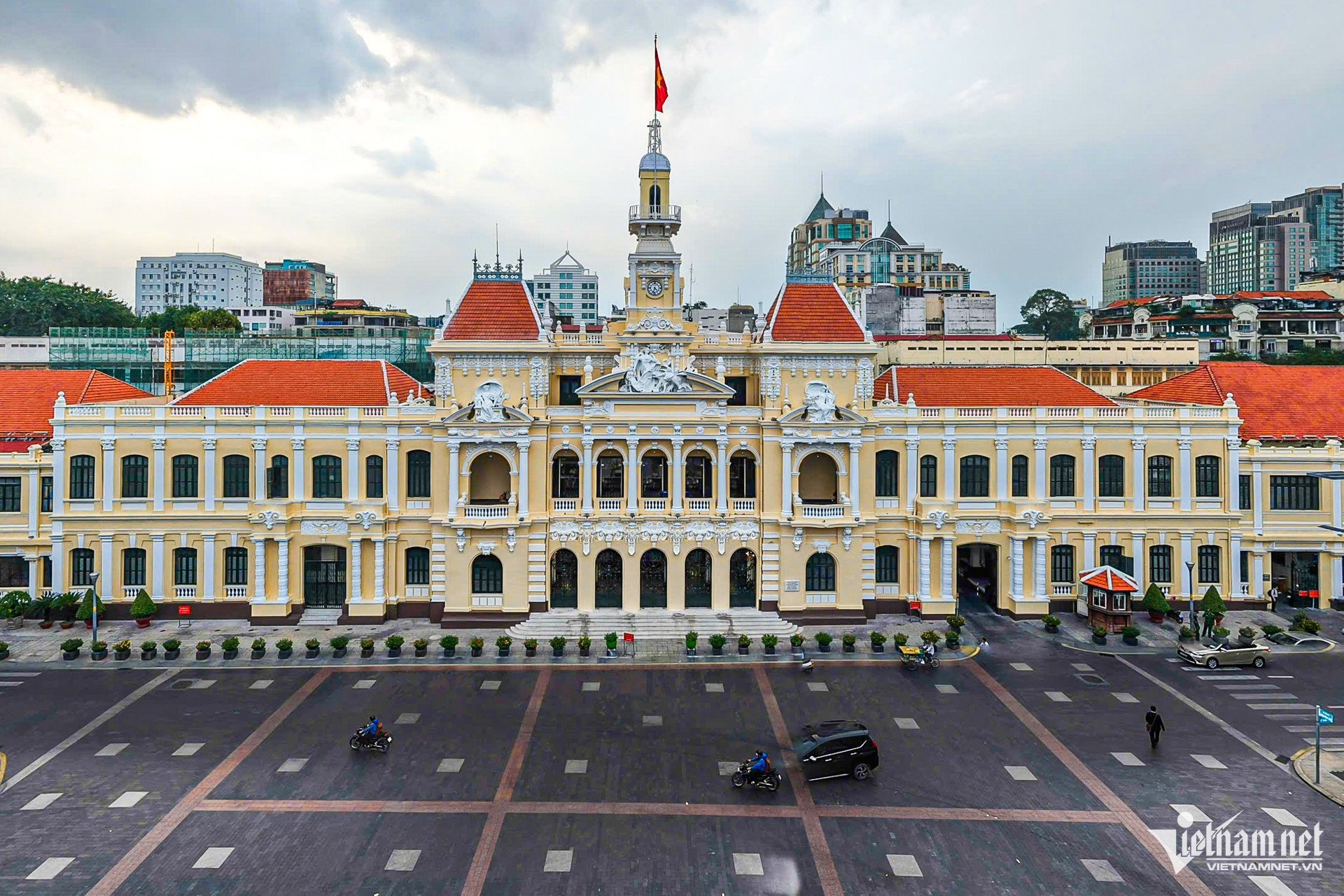
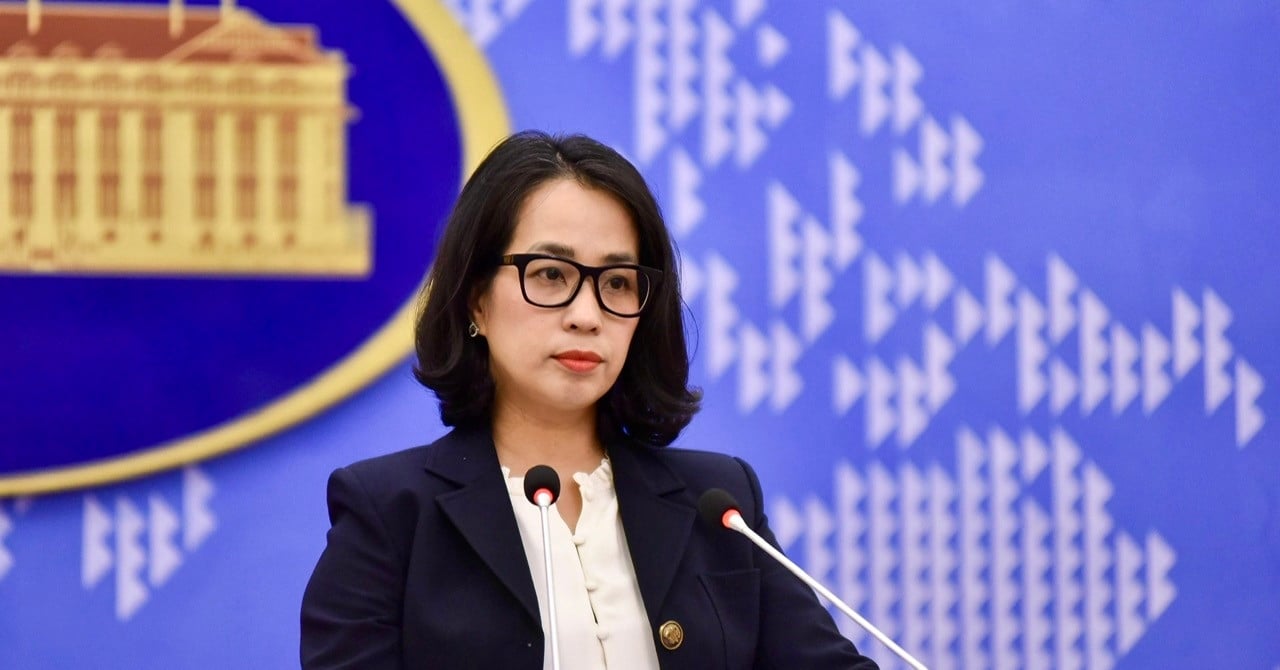
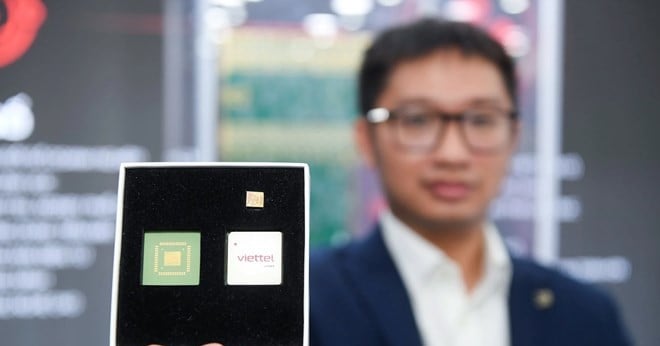


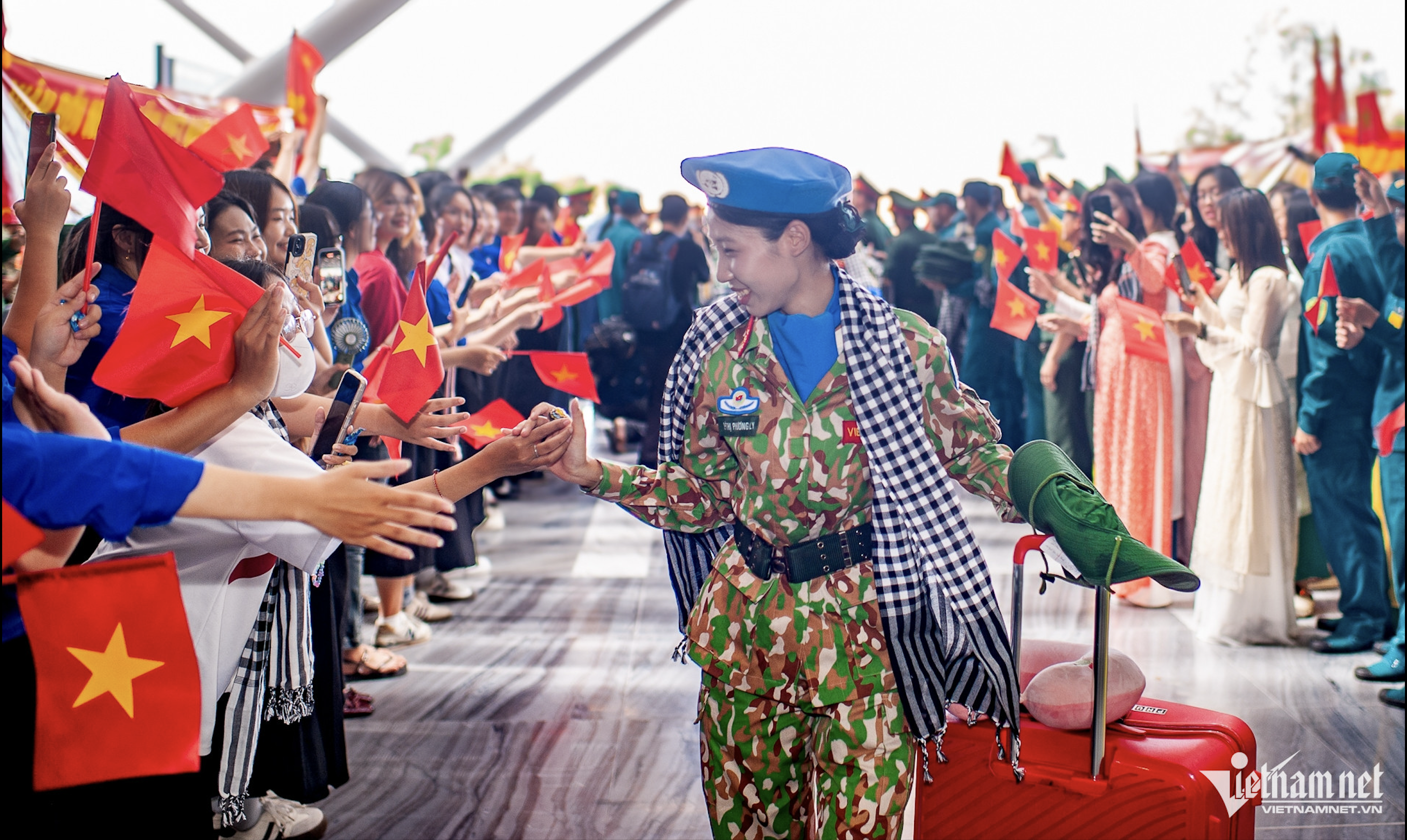
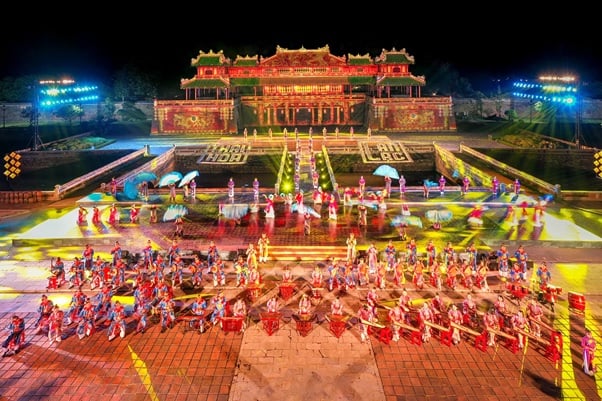



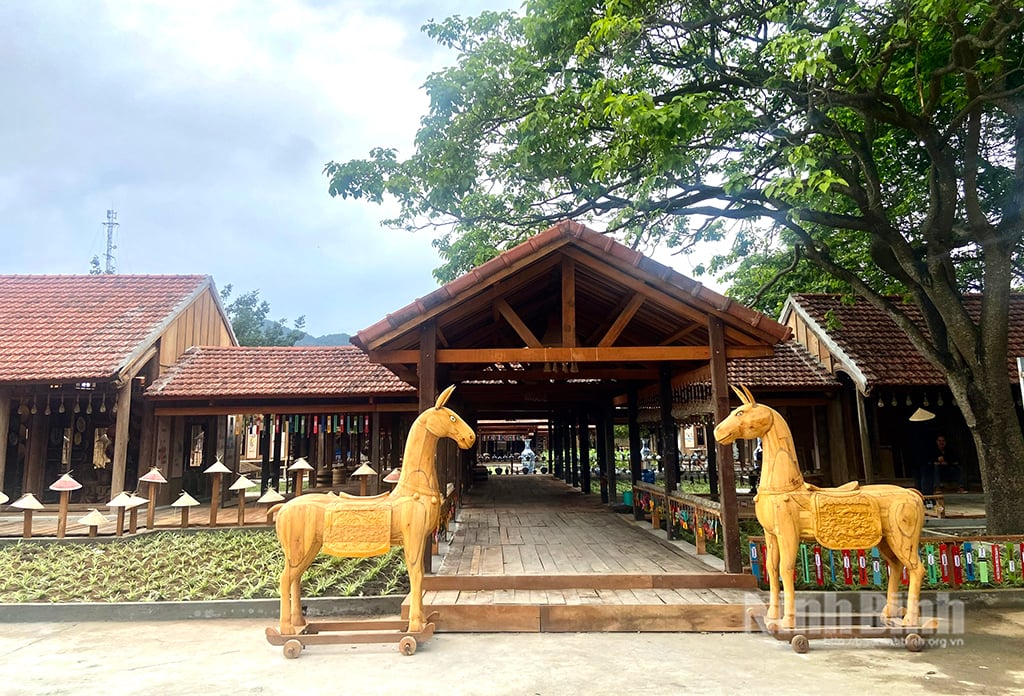
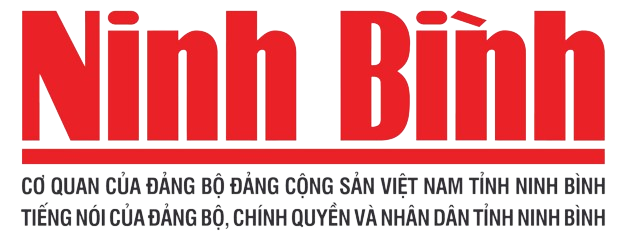
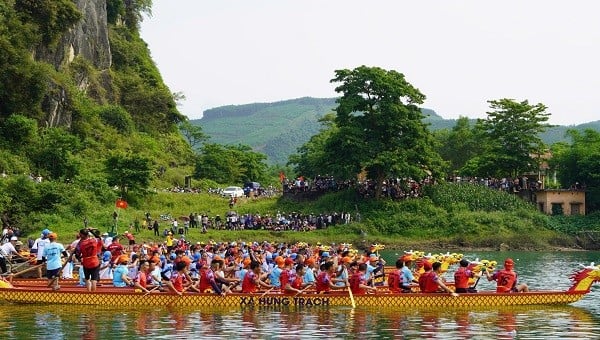
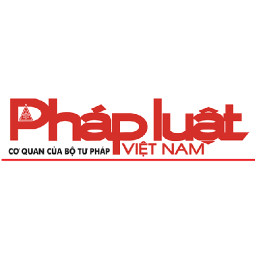
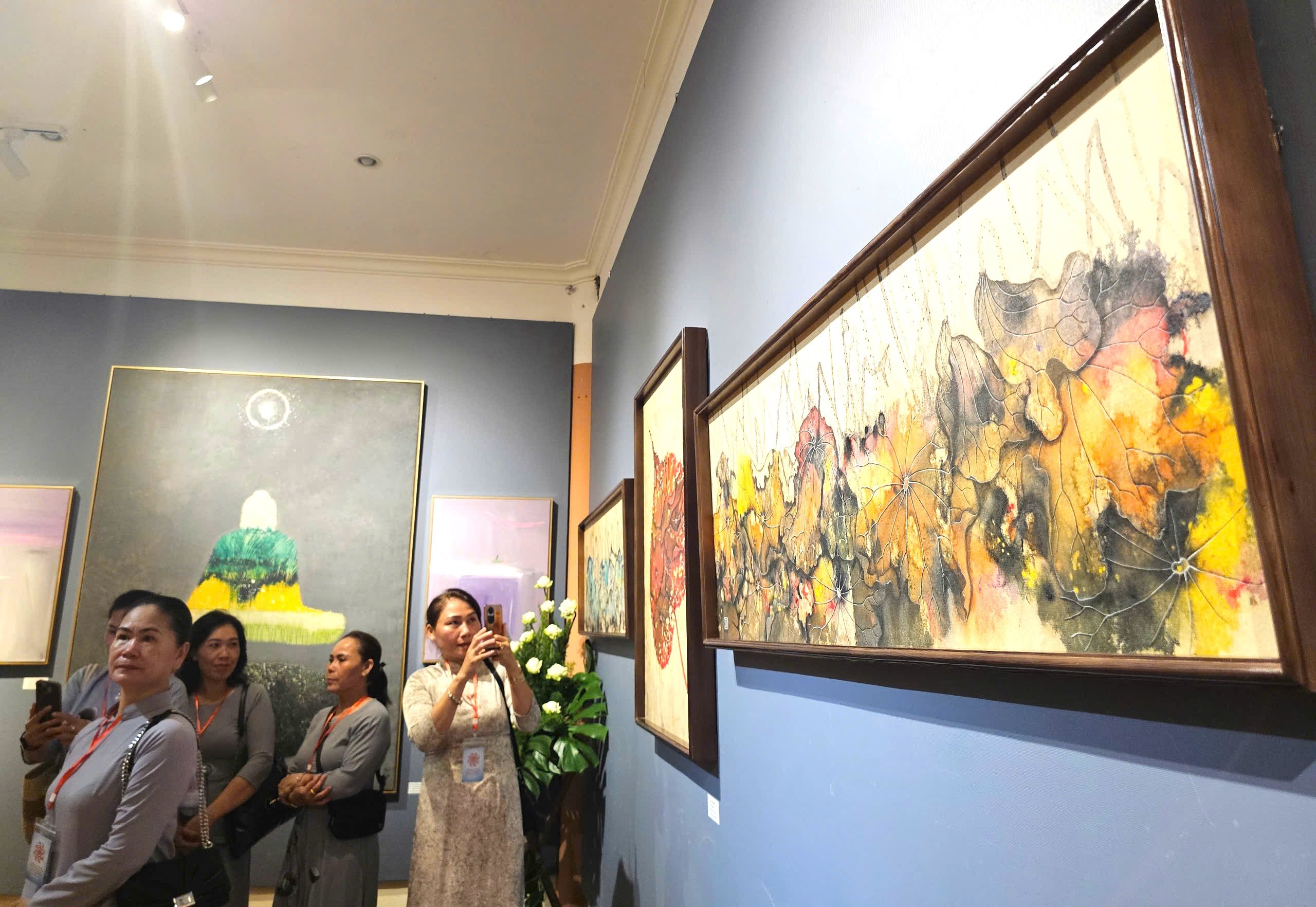

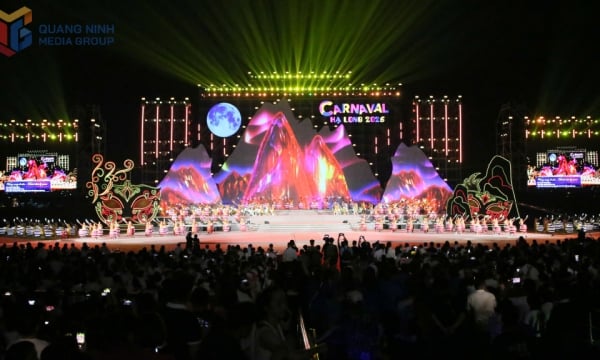



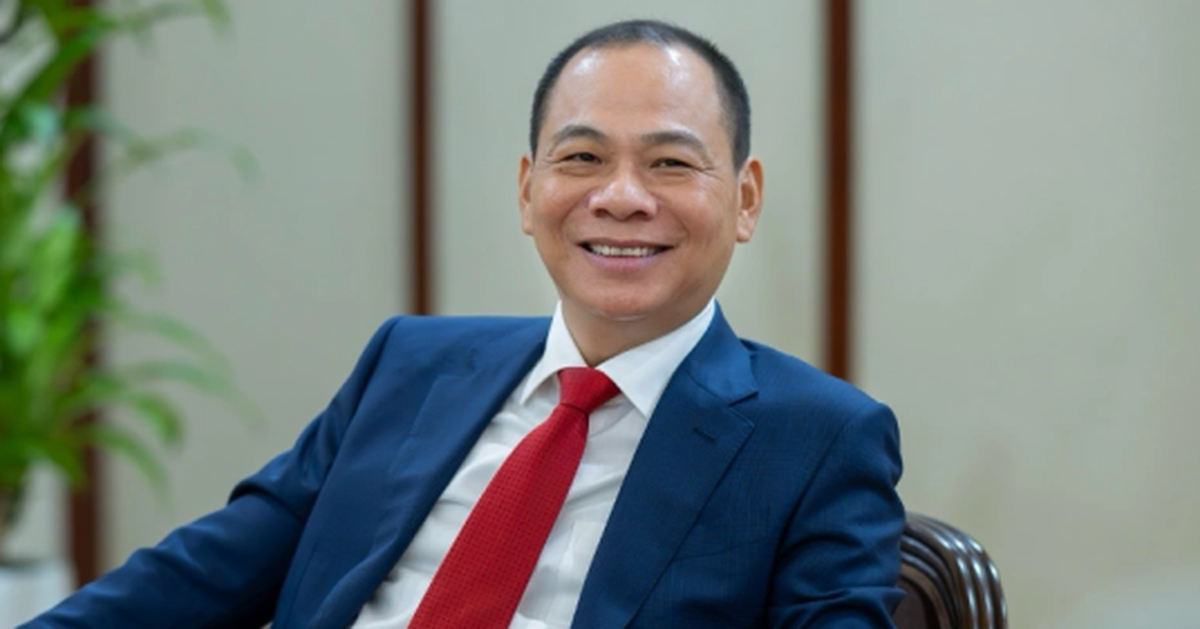

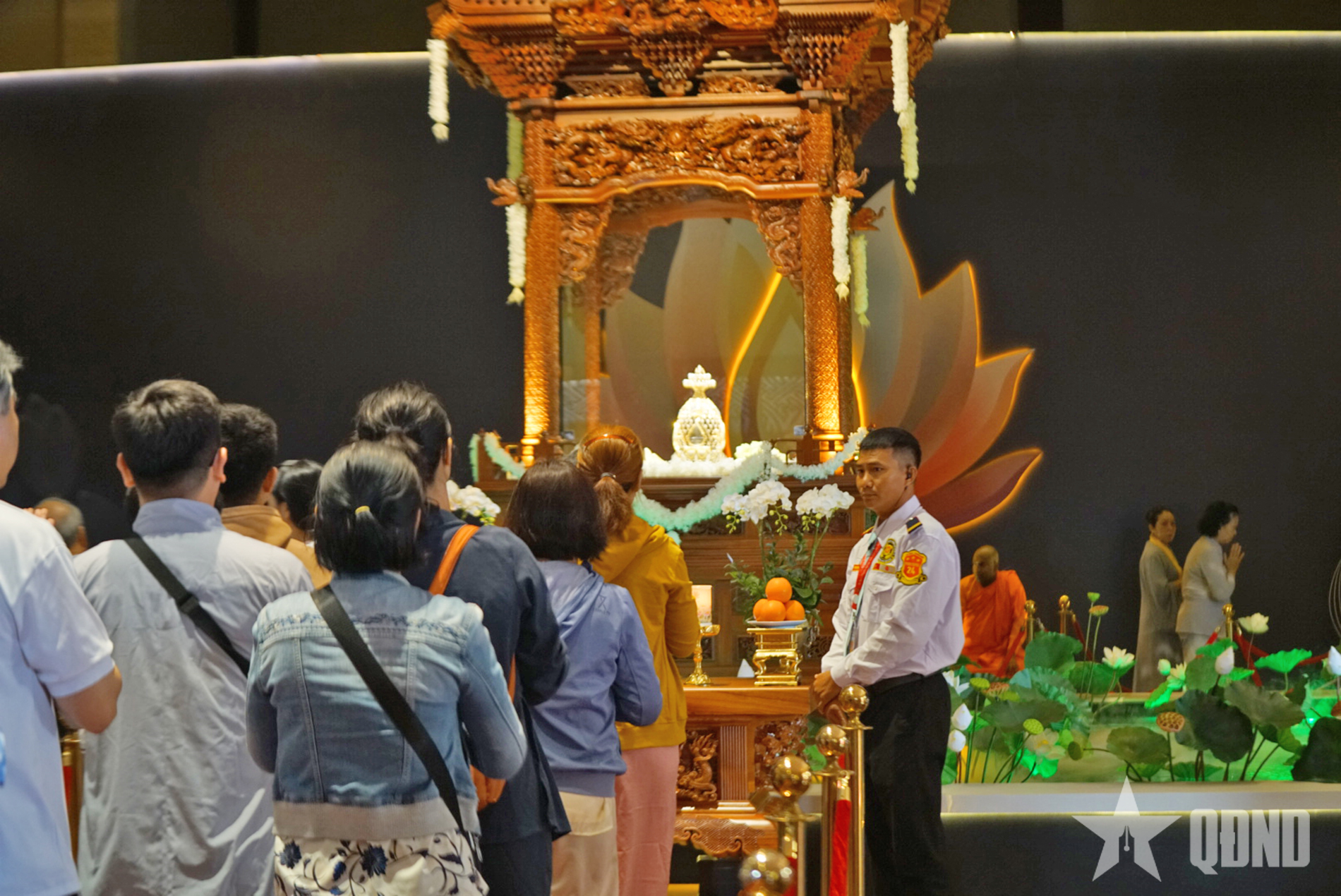

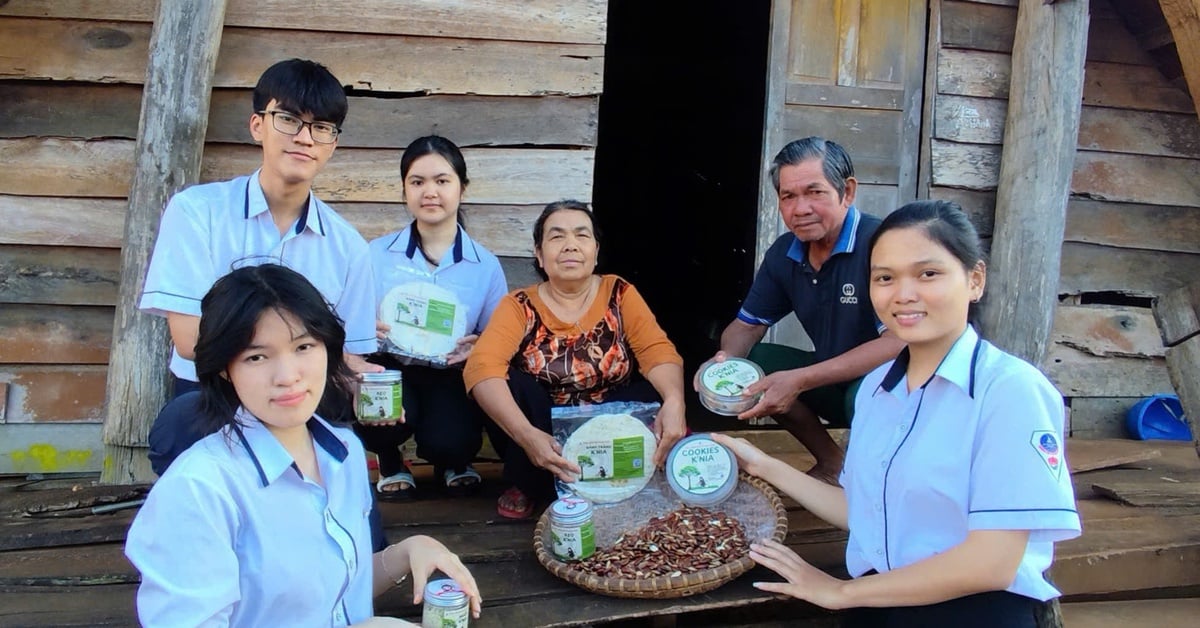
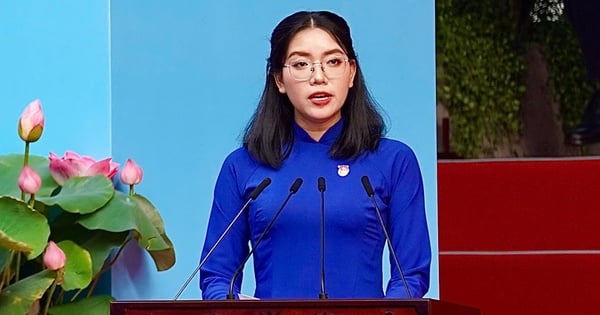

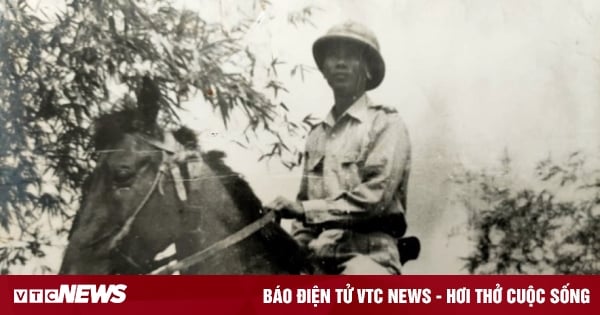

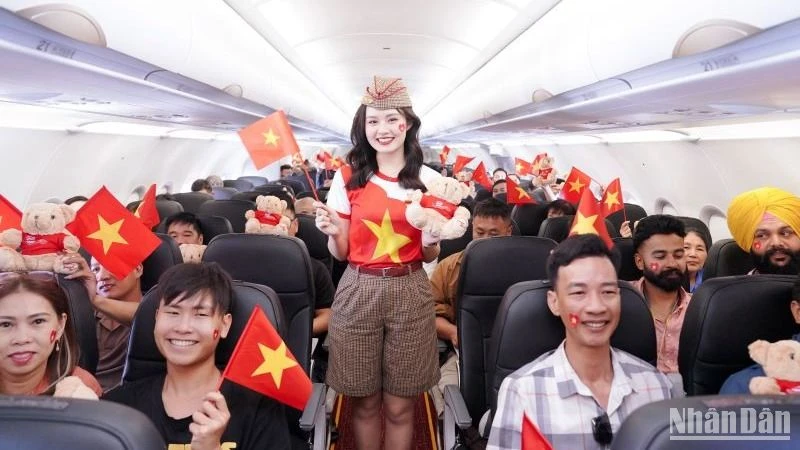

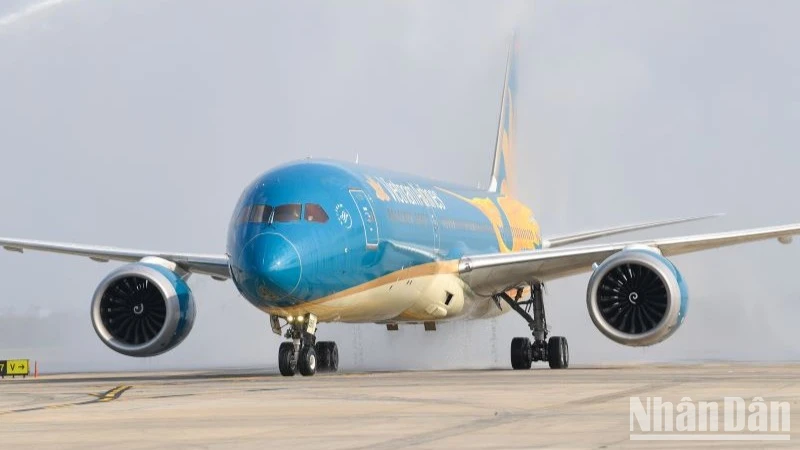





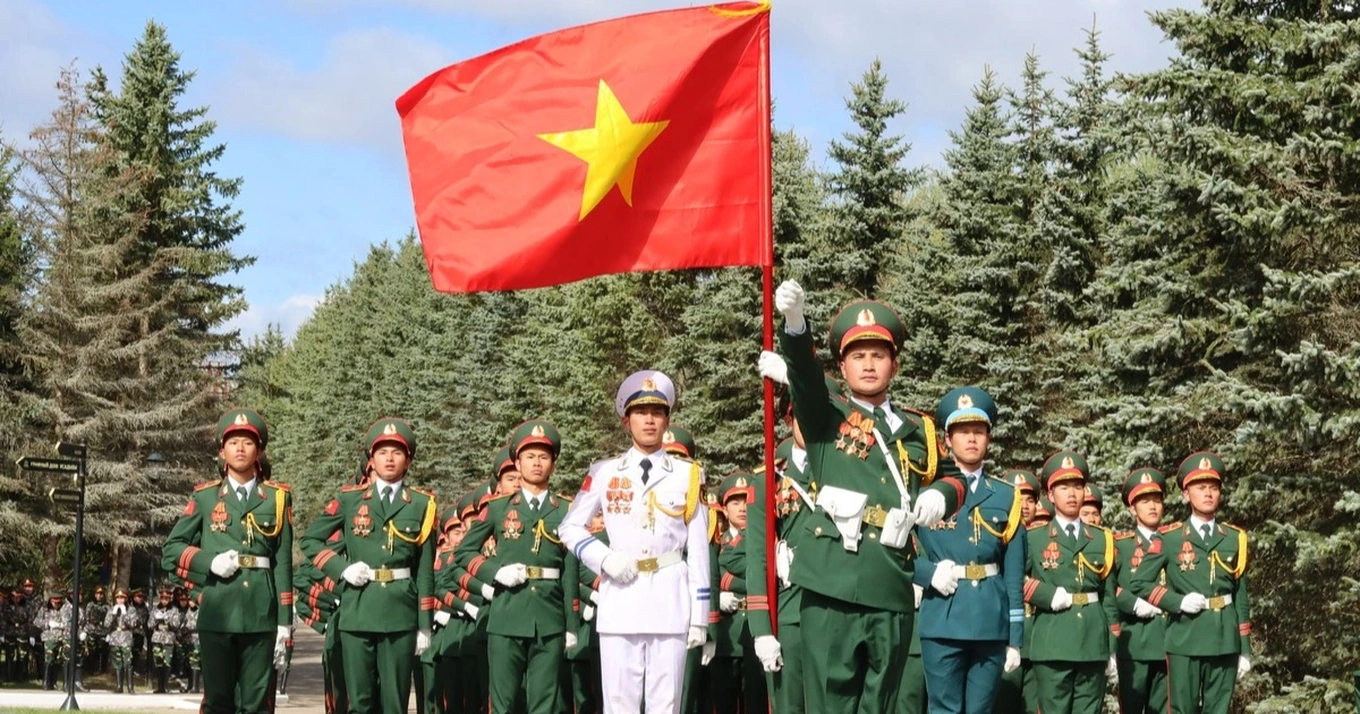

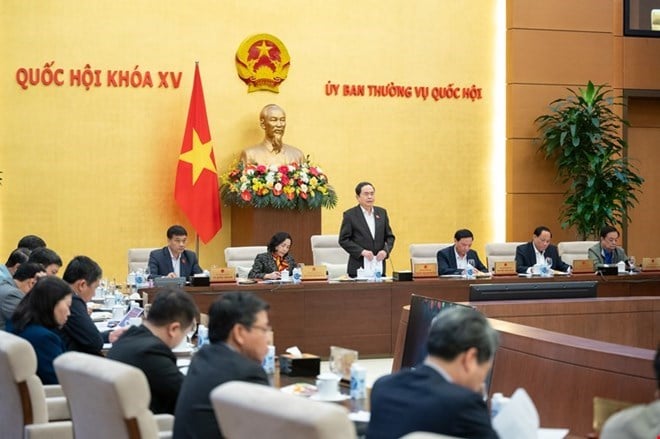
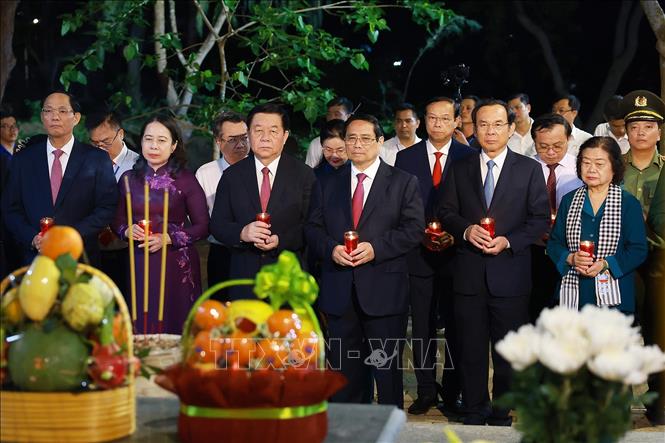

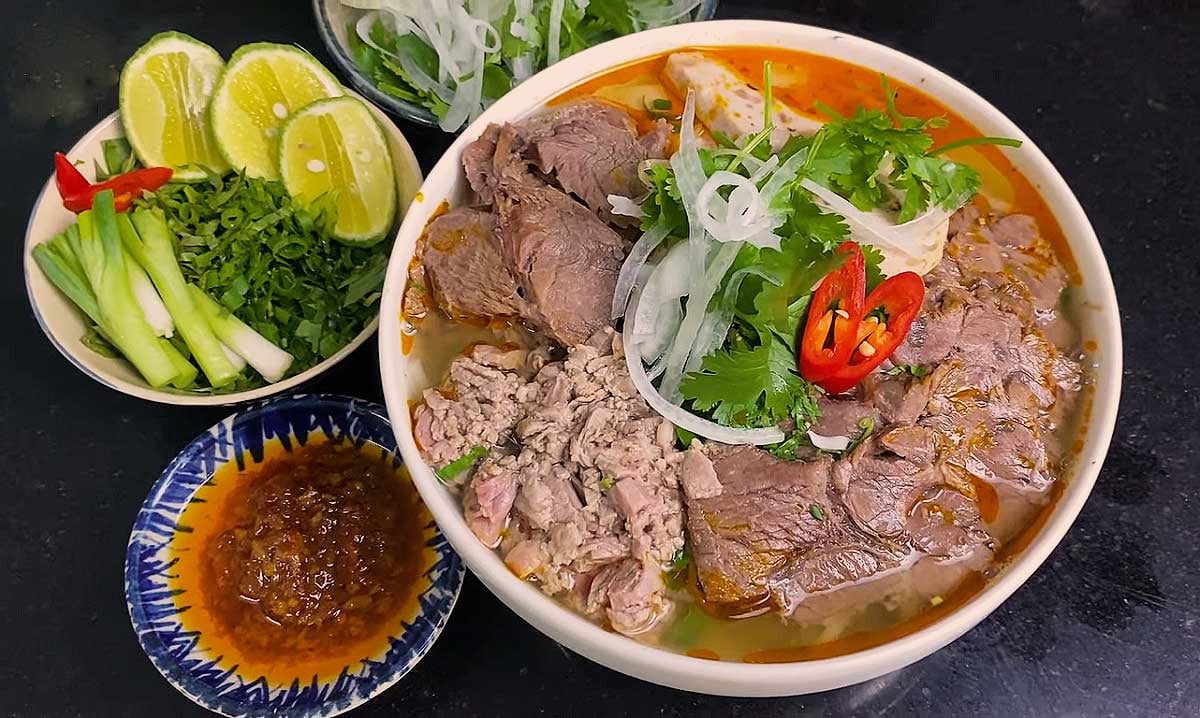

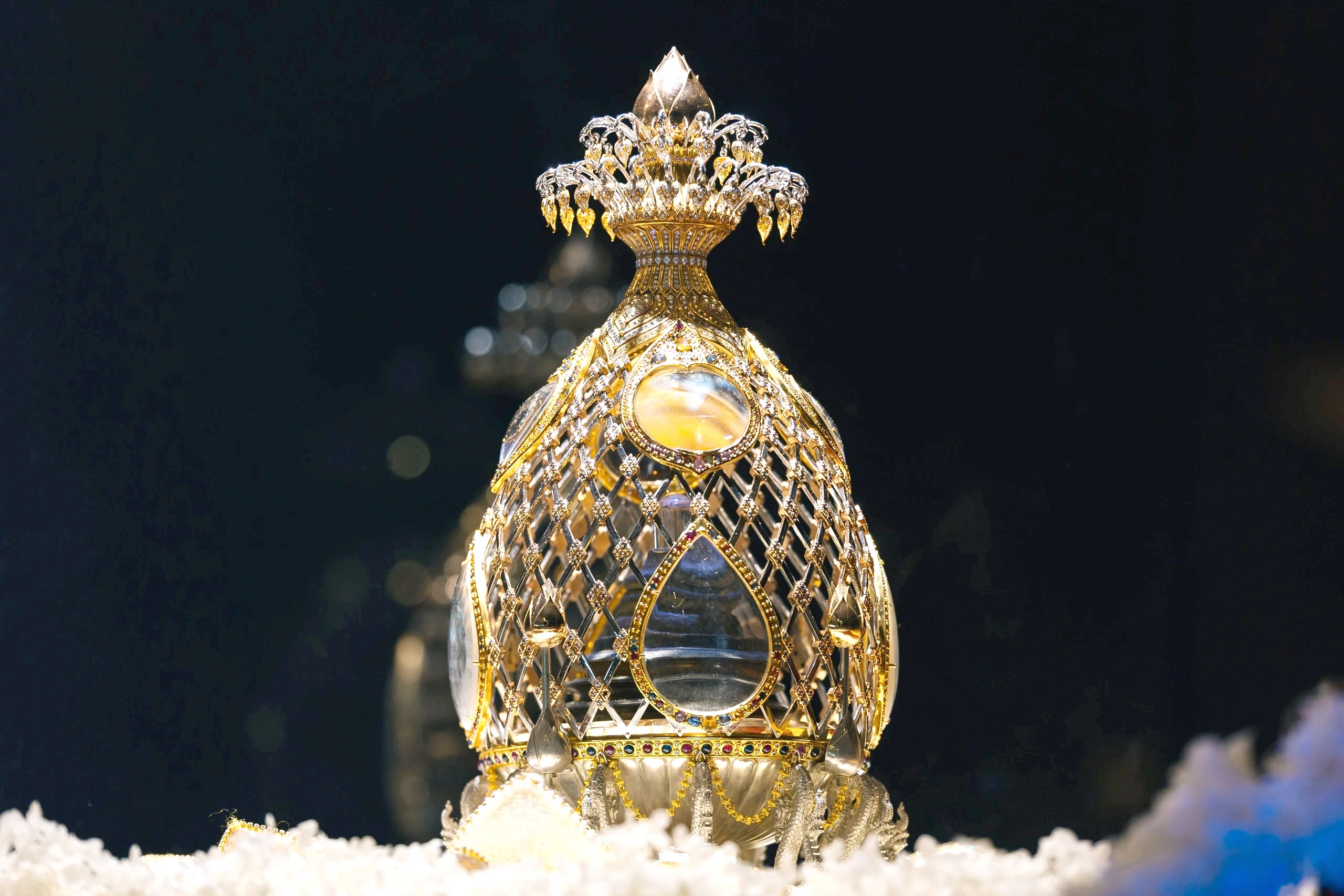





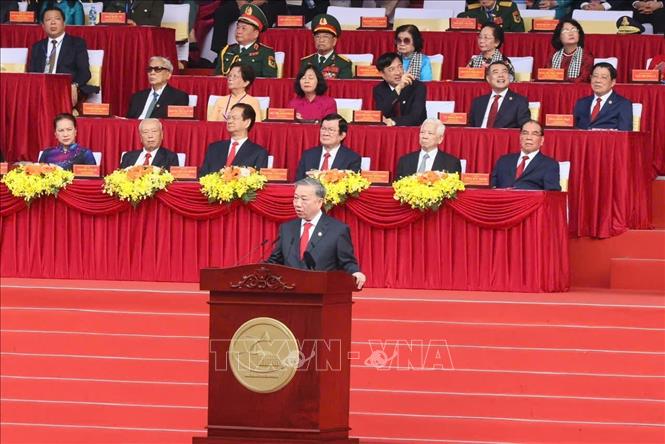



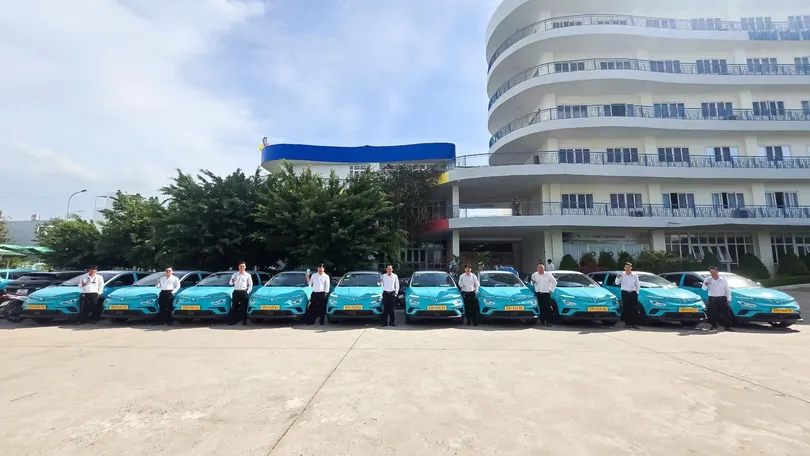

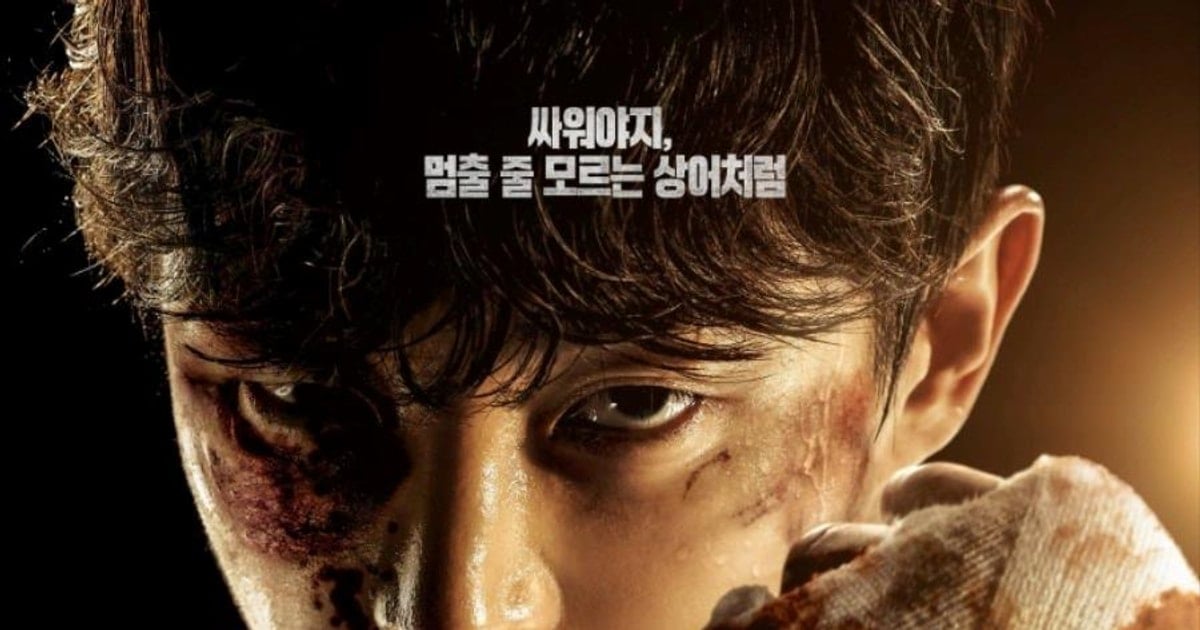

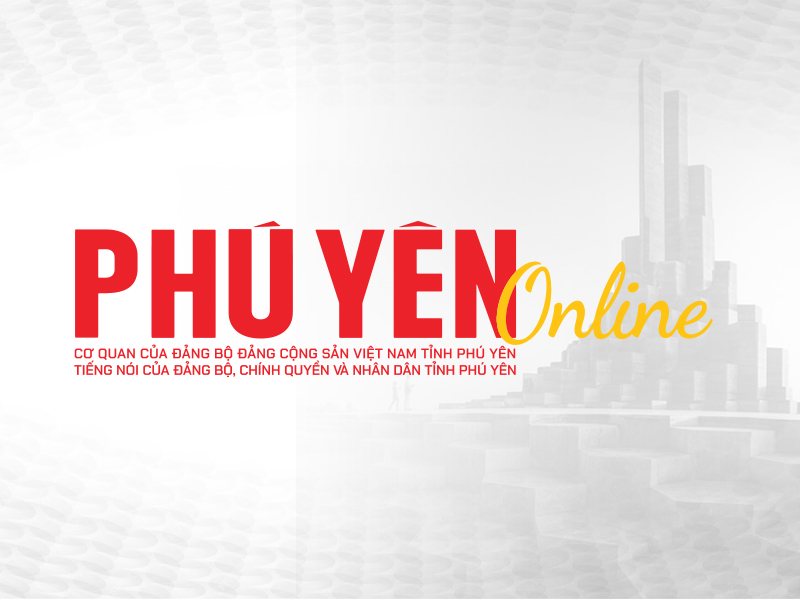
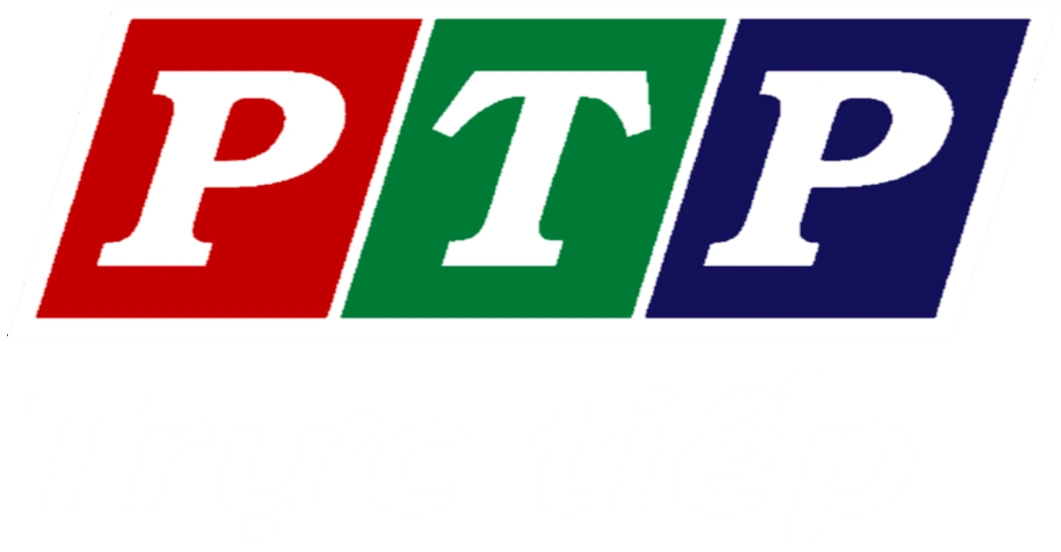
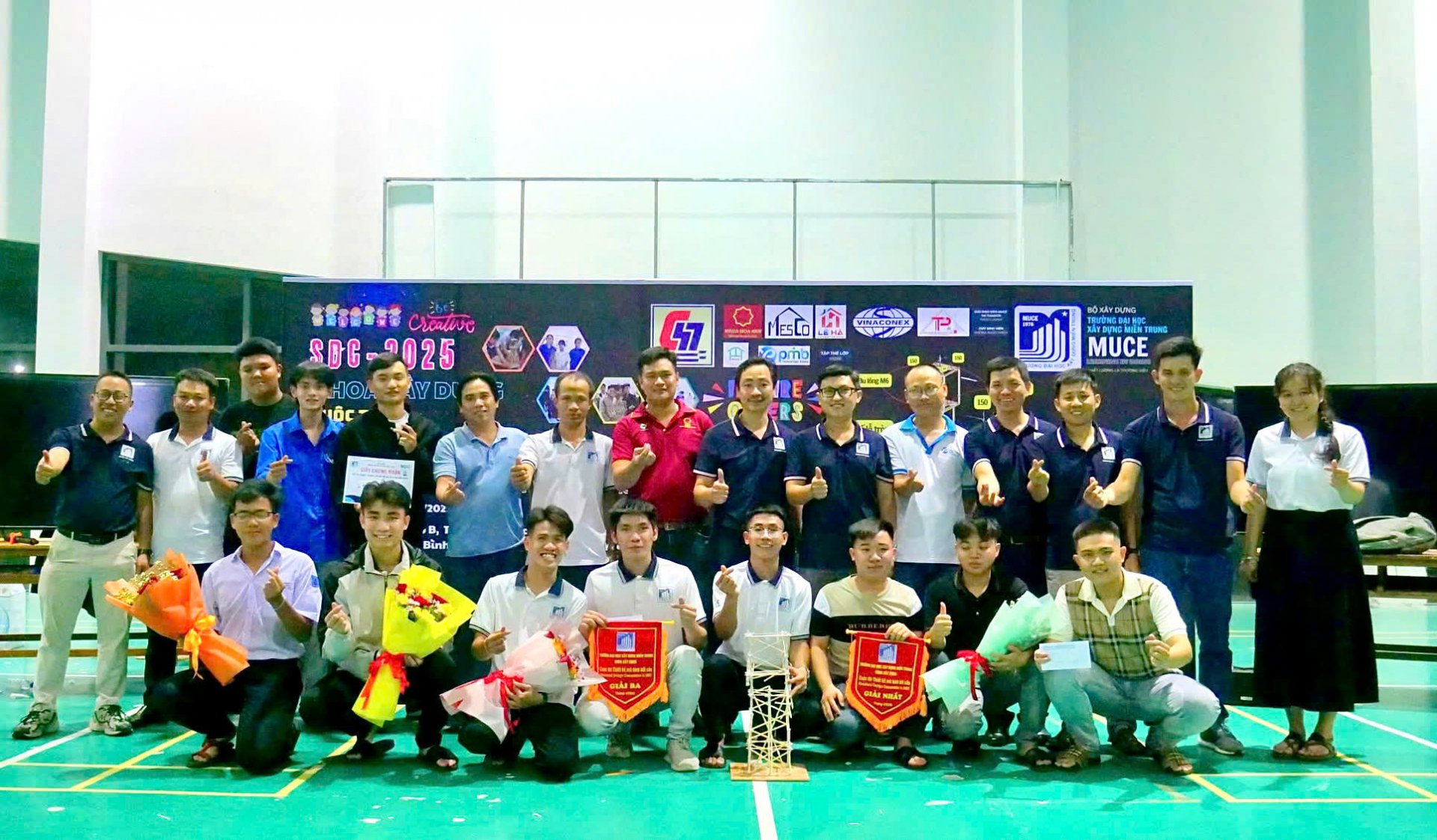



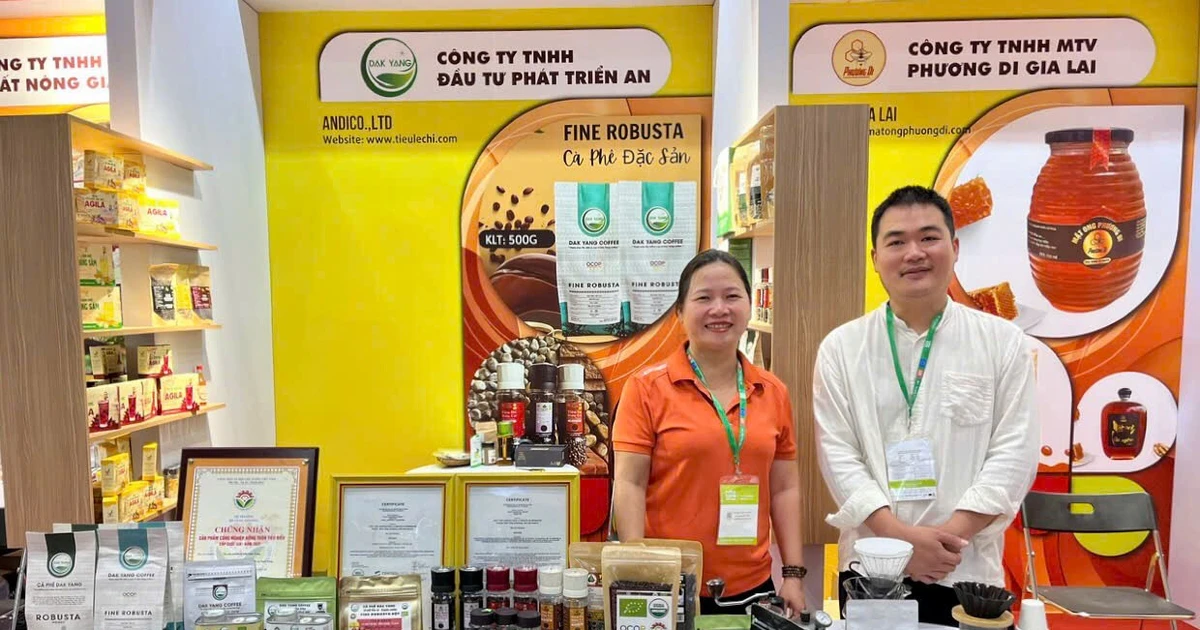

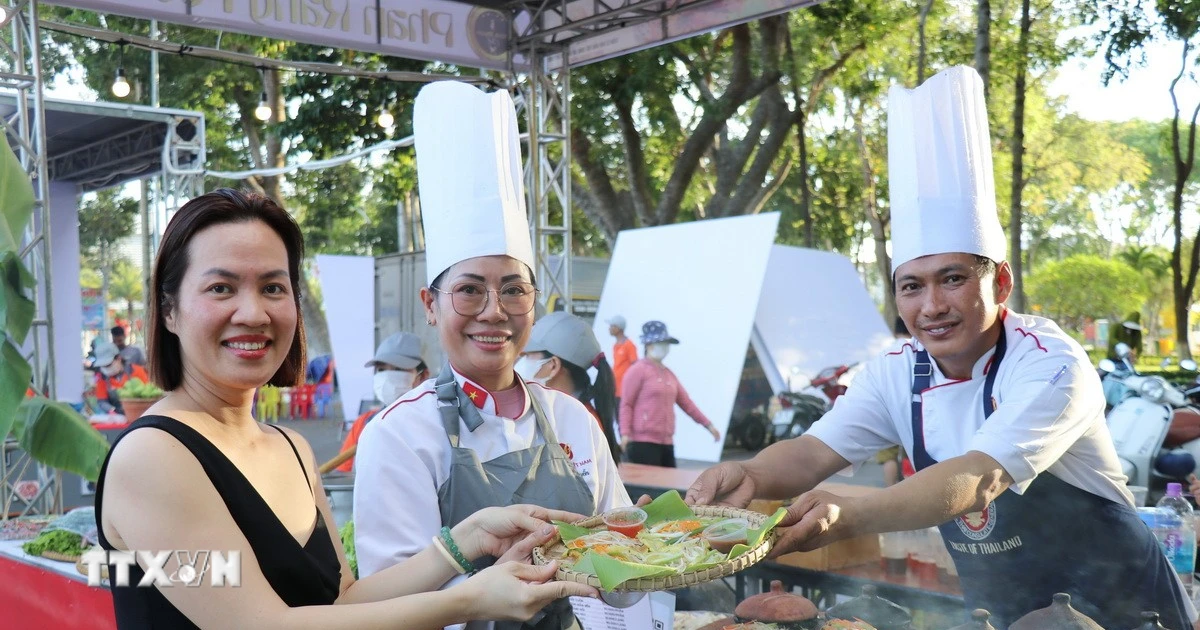



Comment (0)